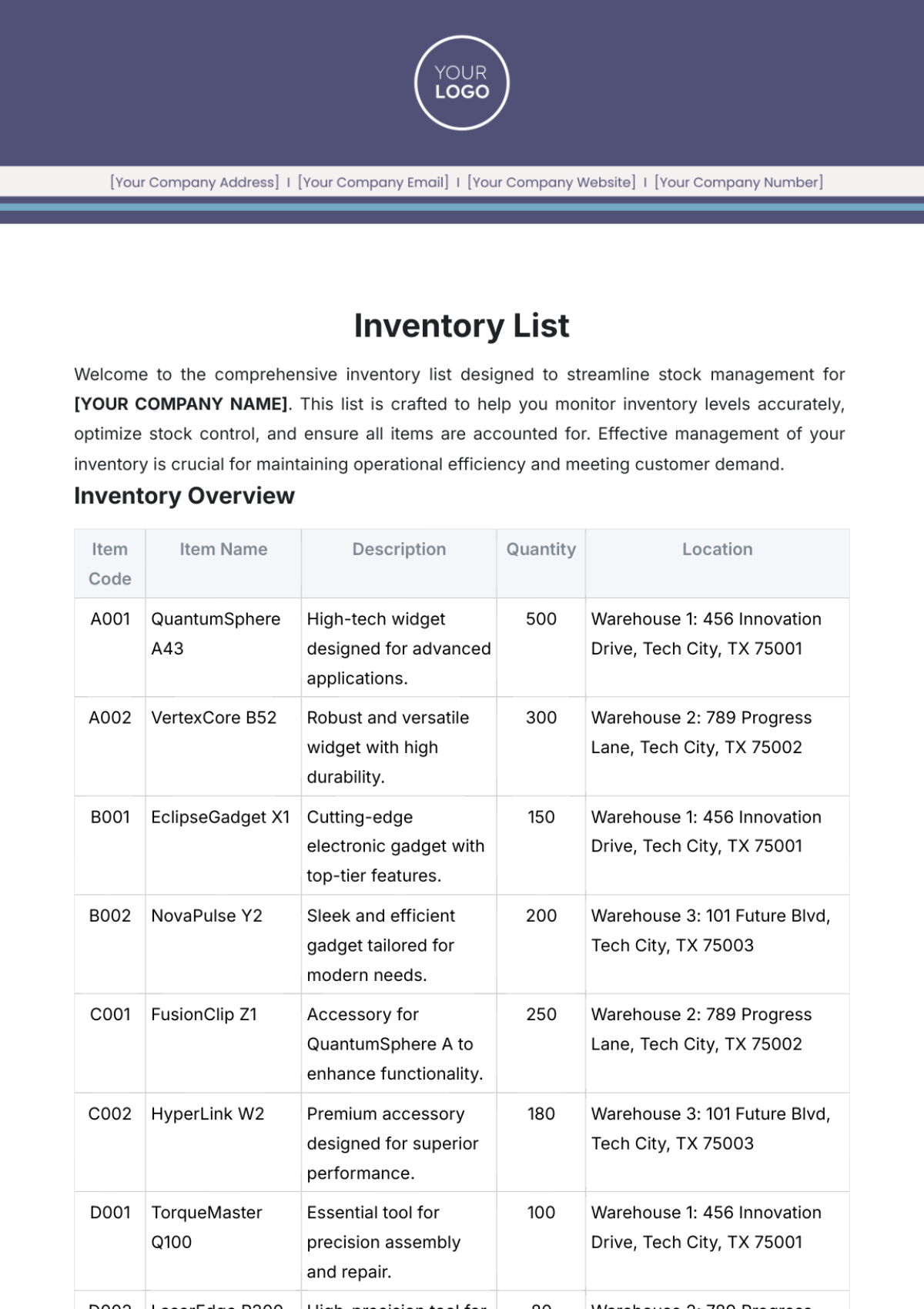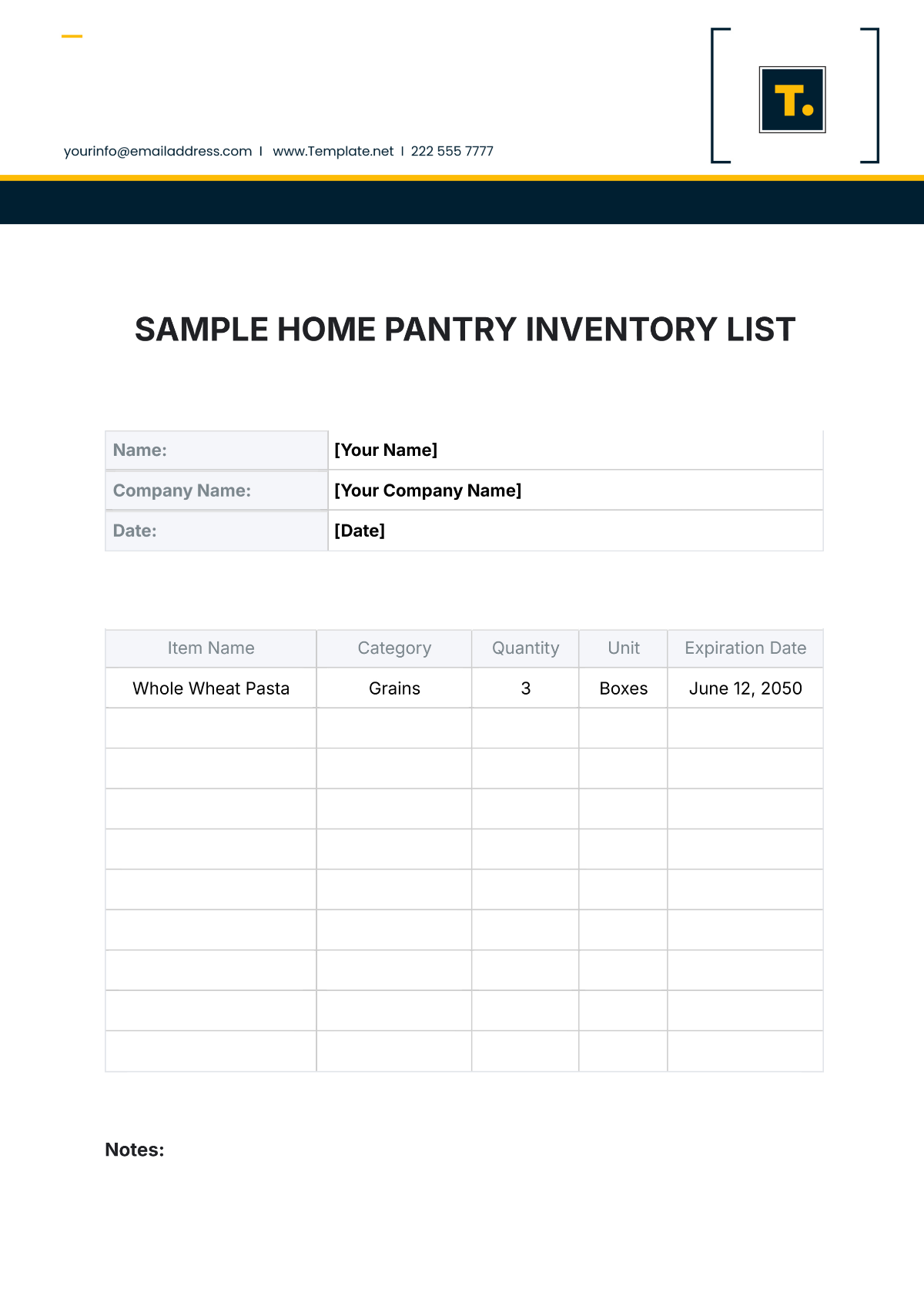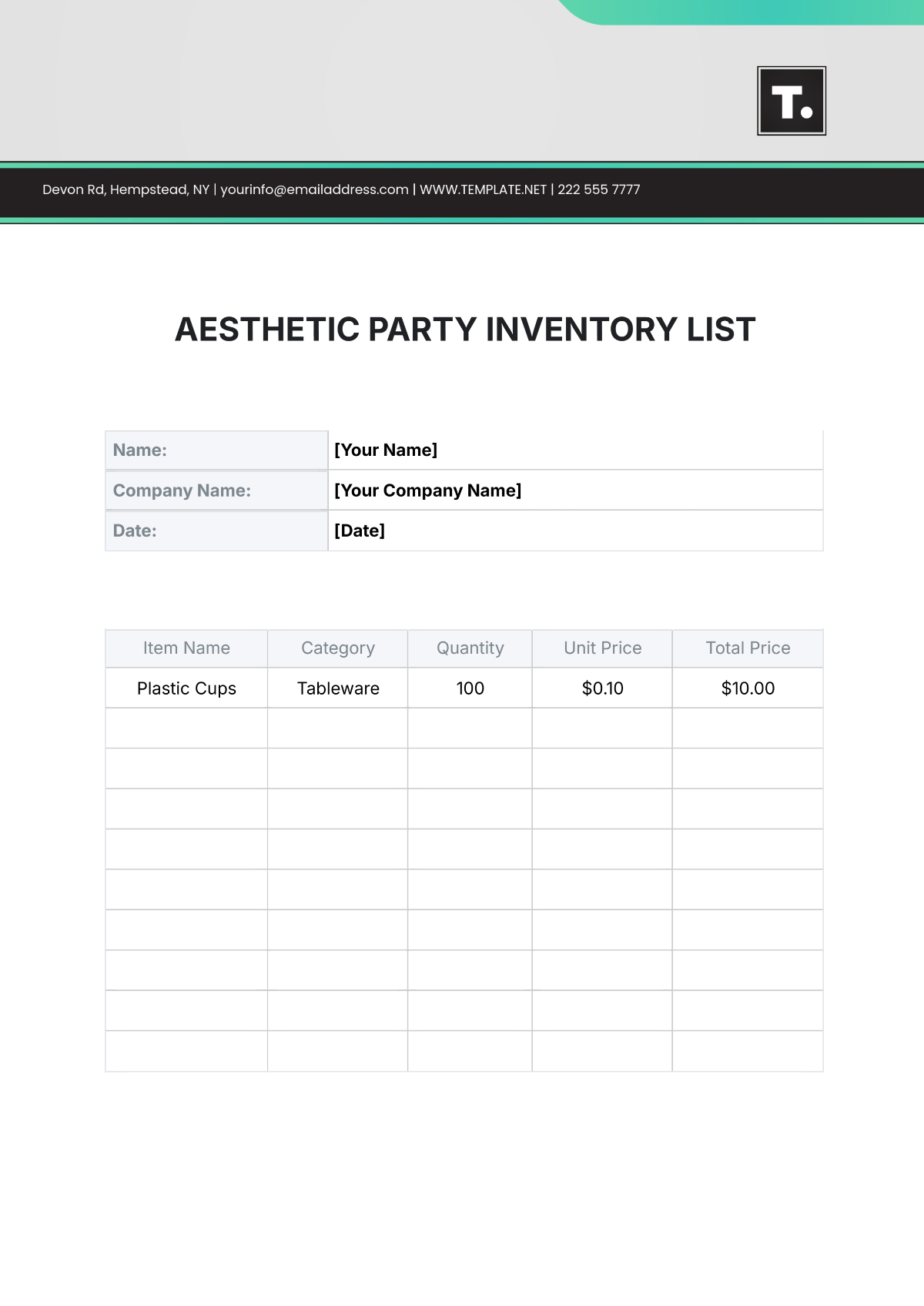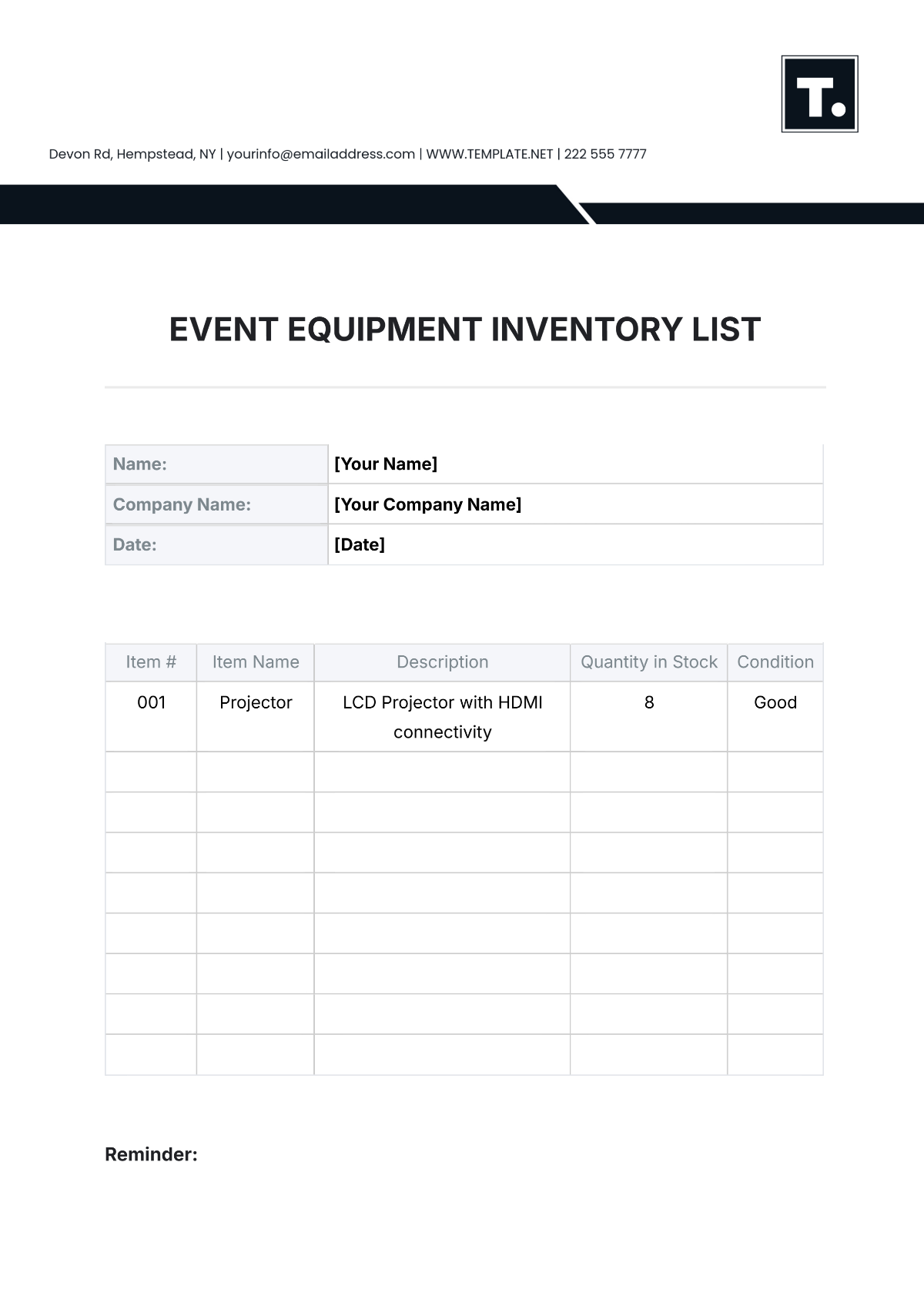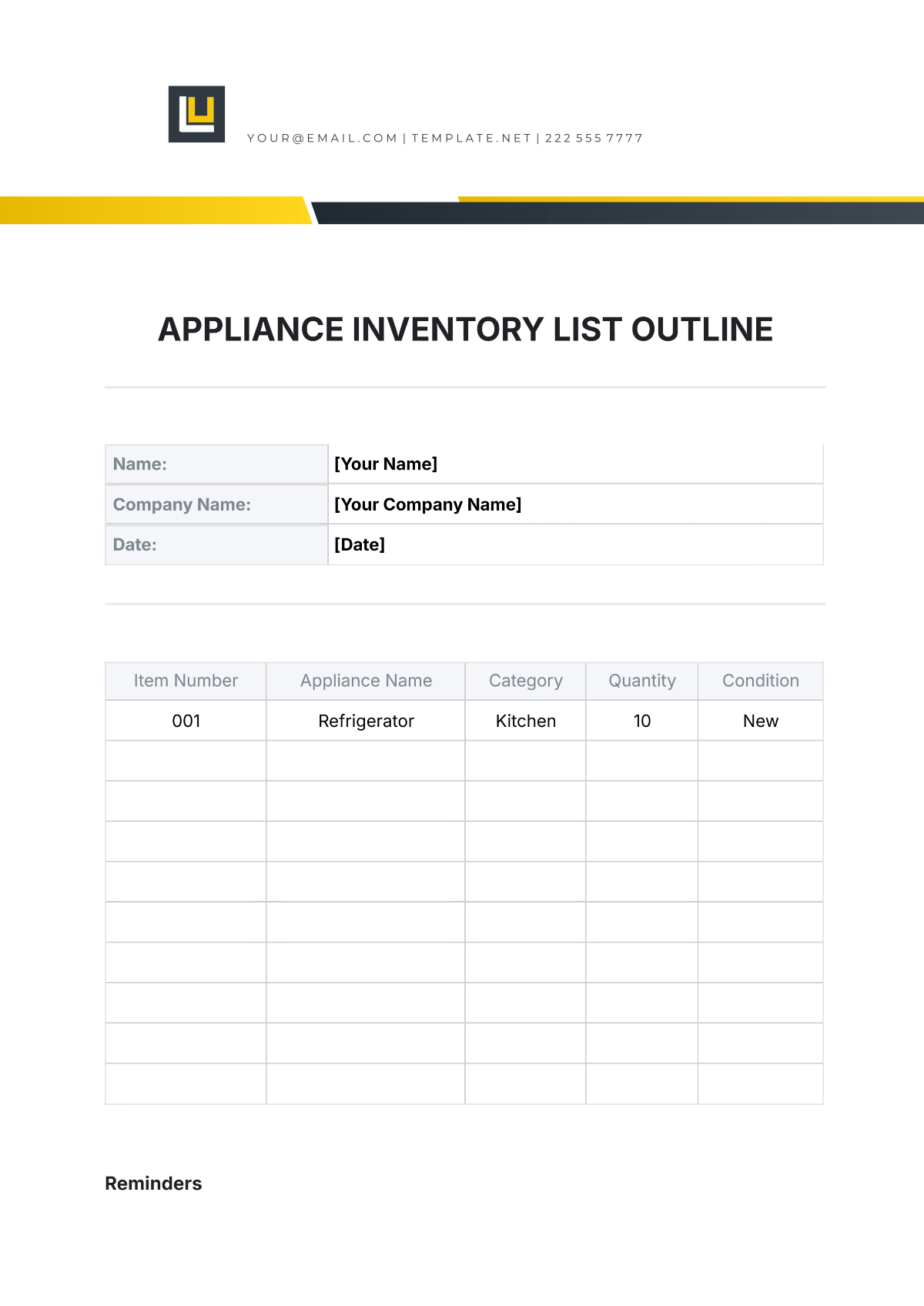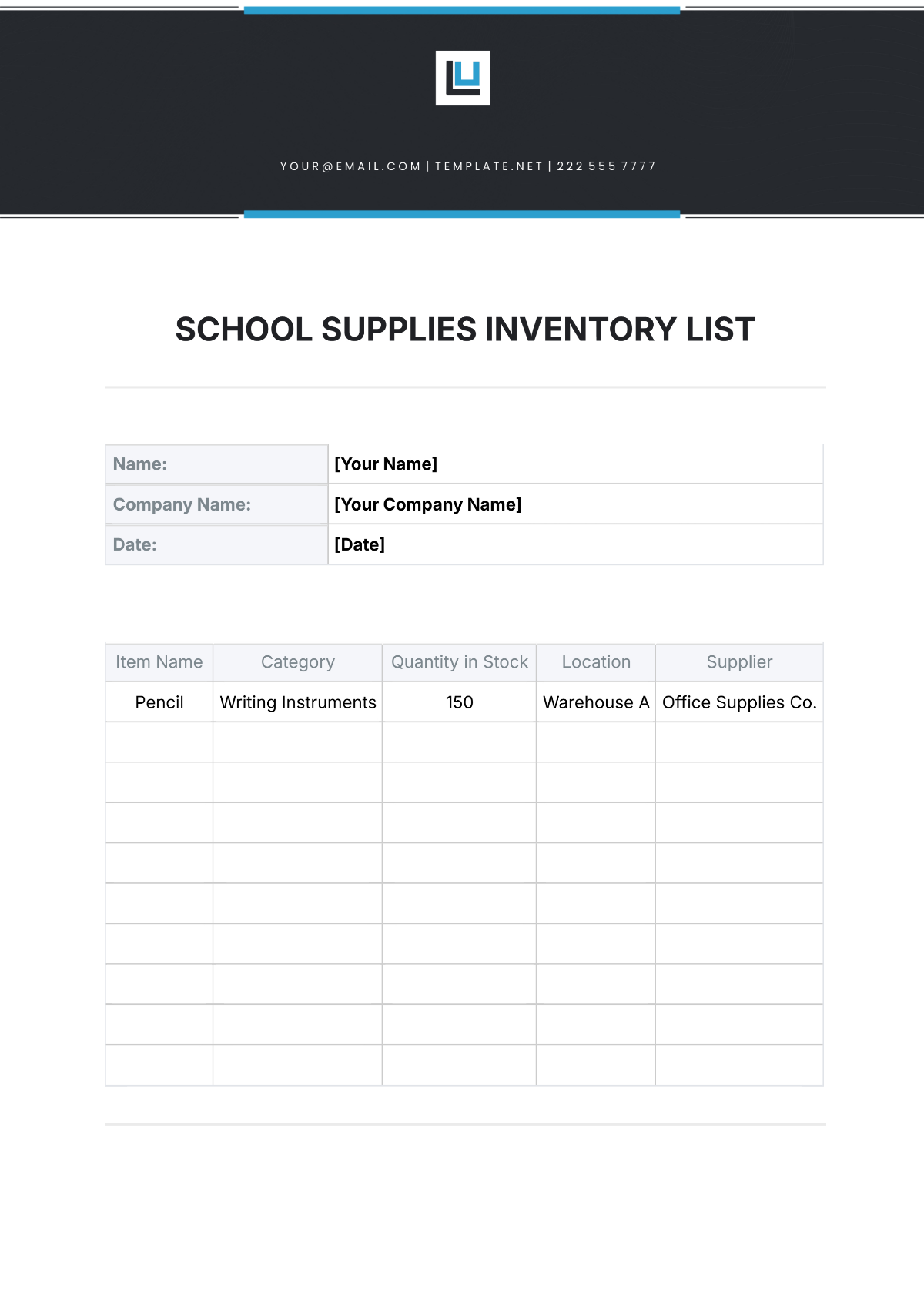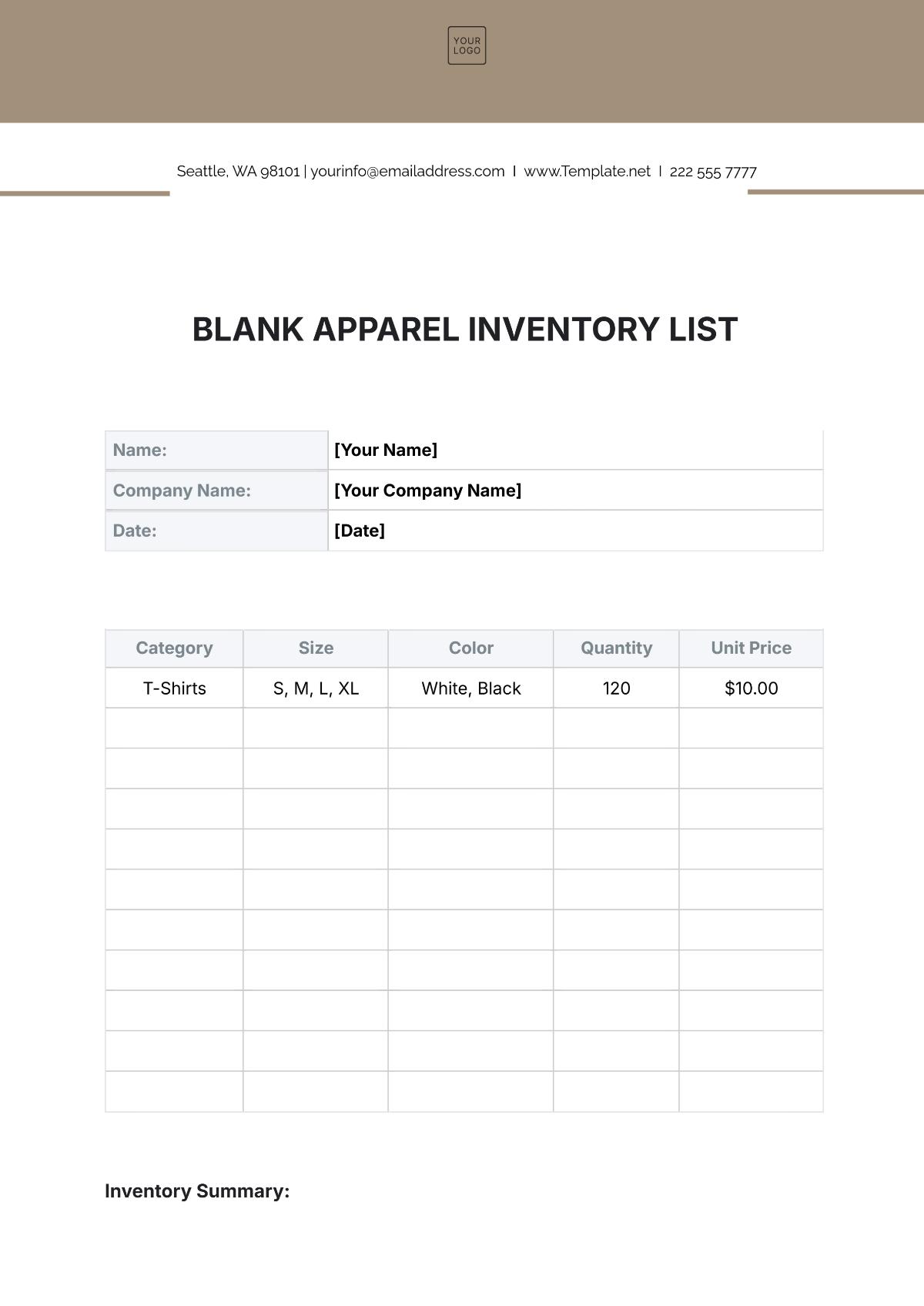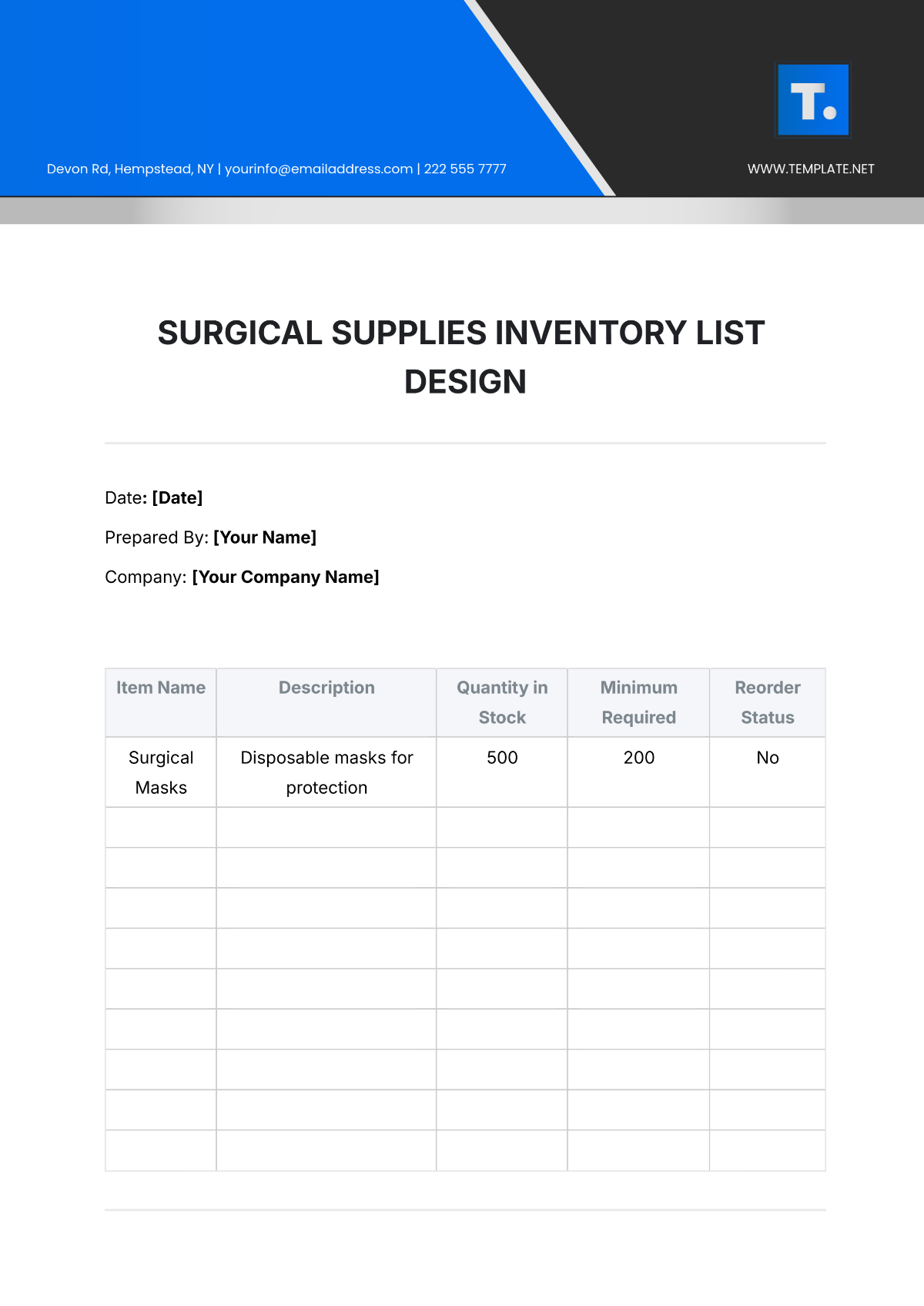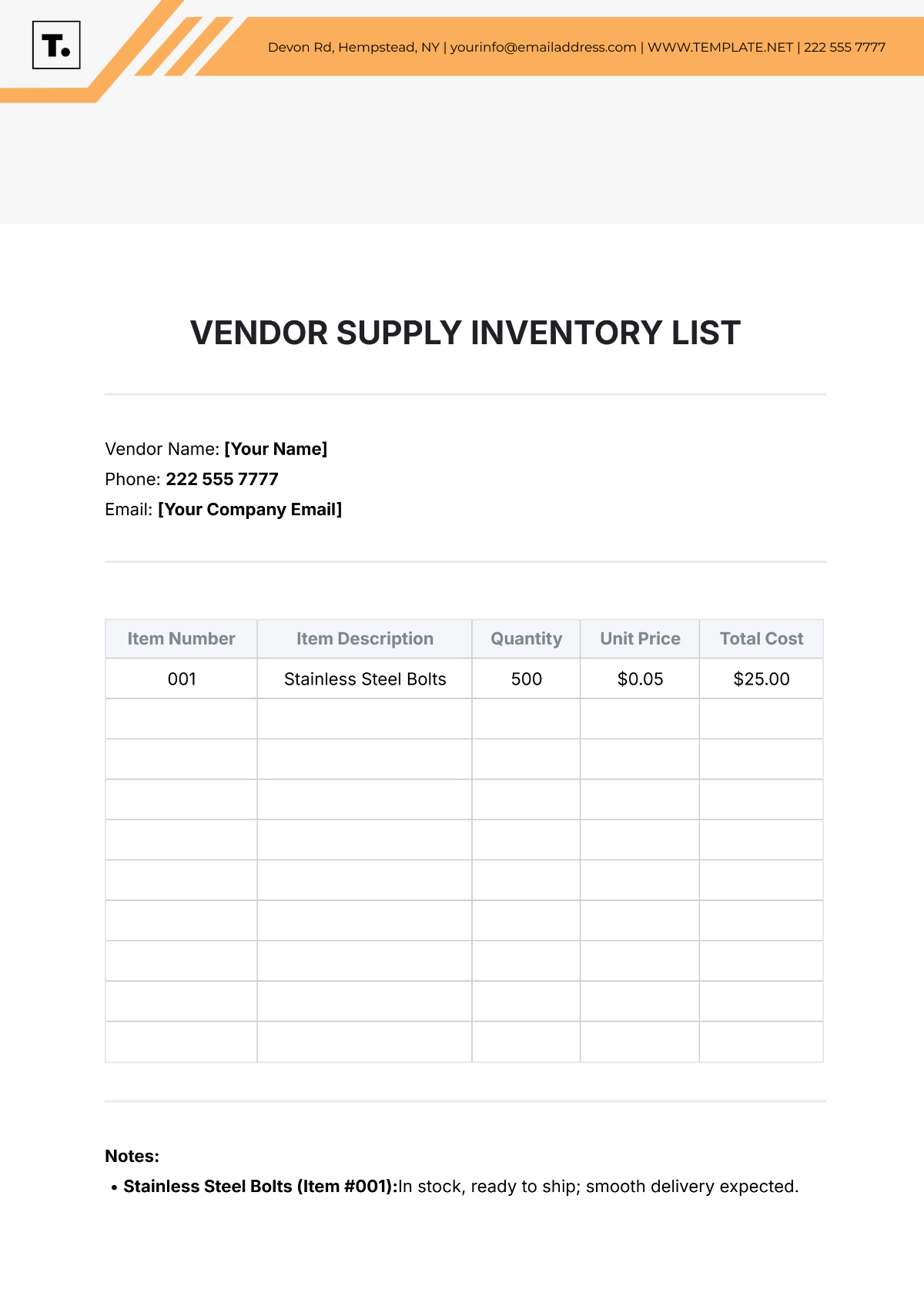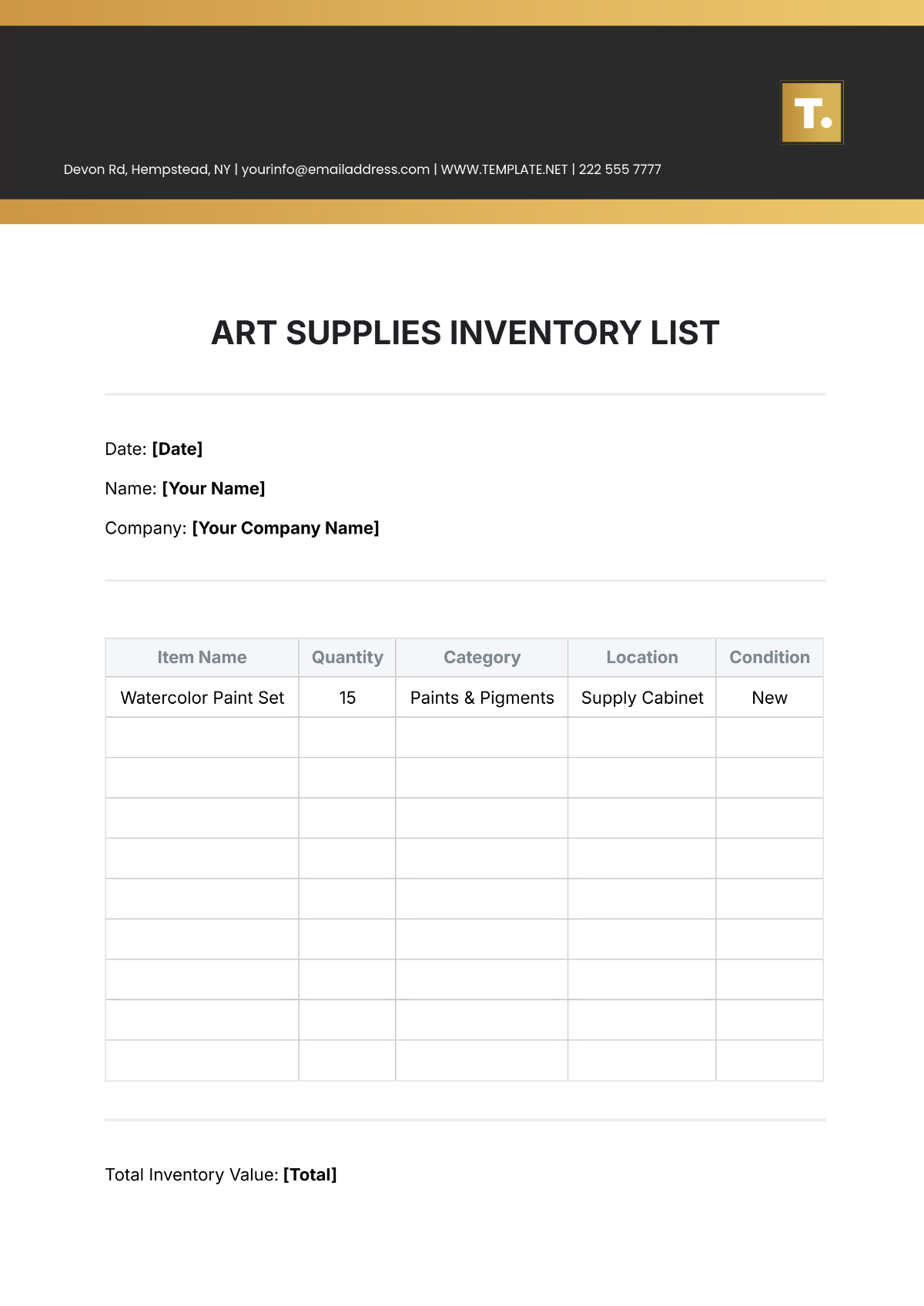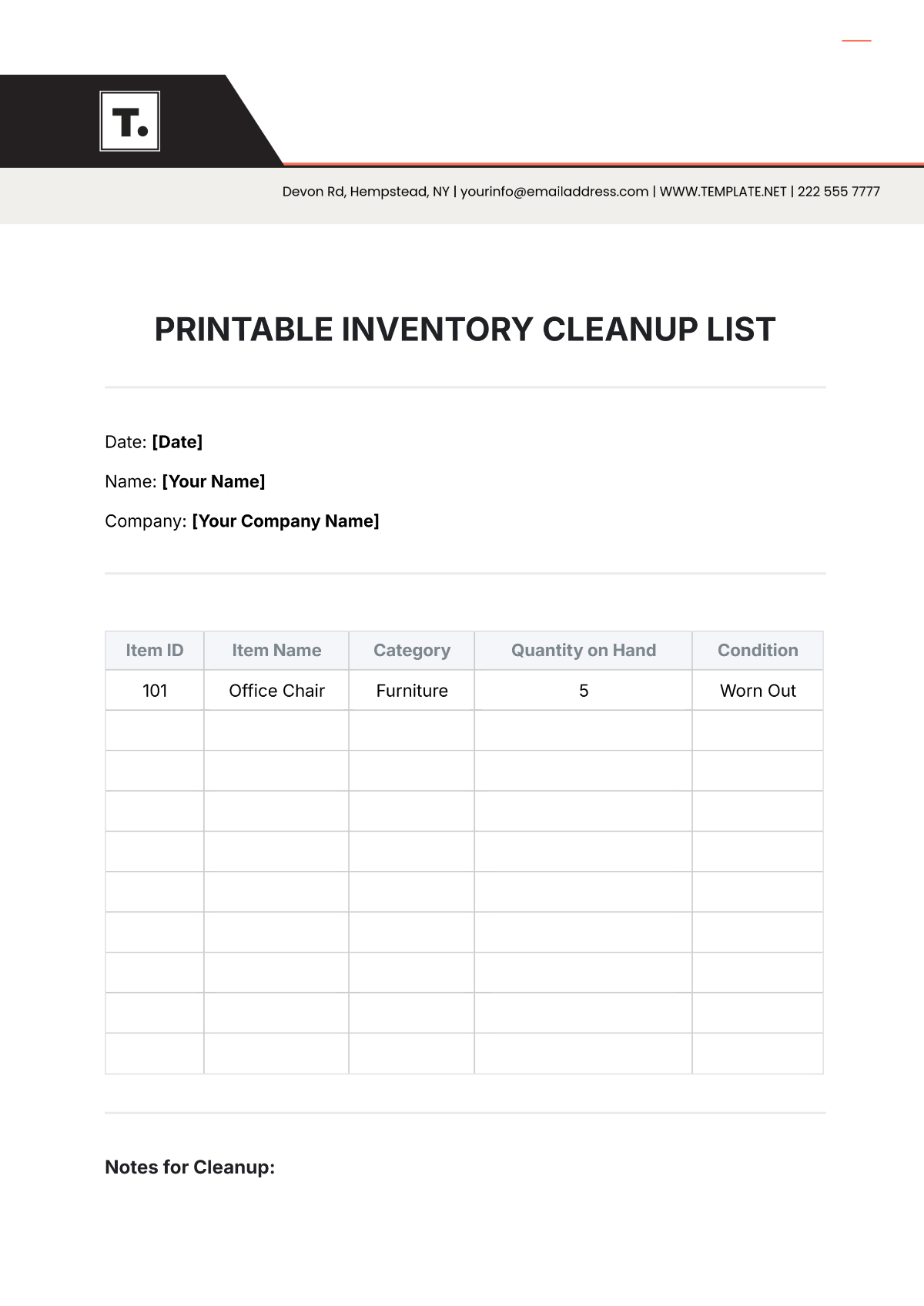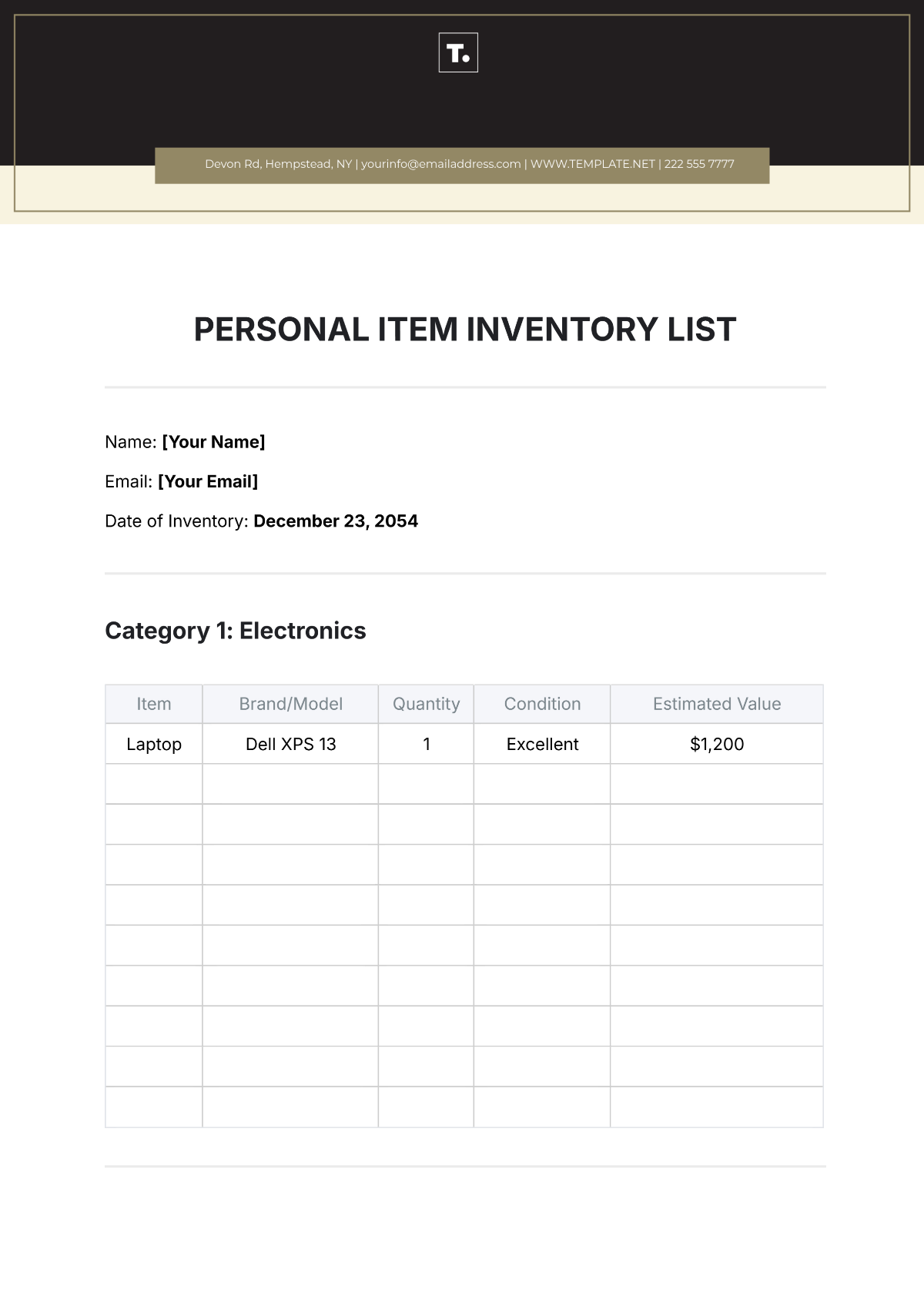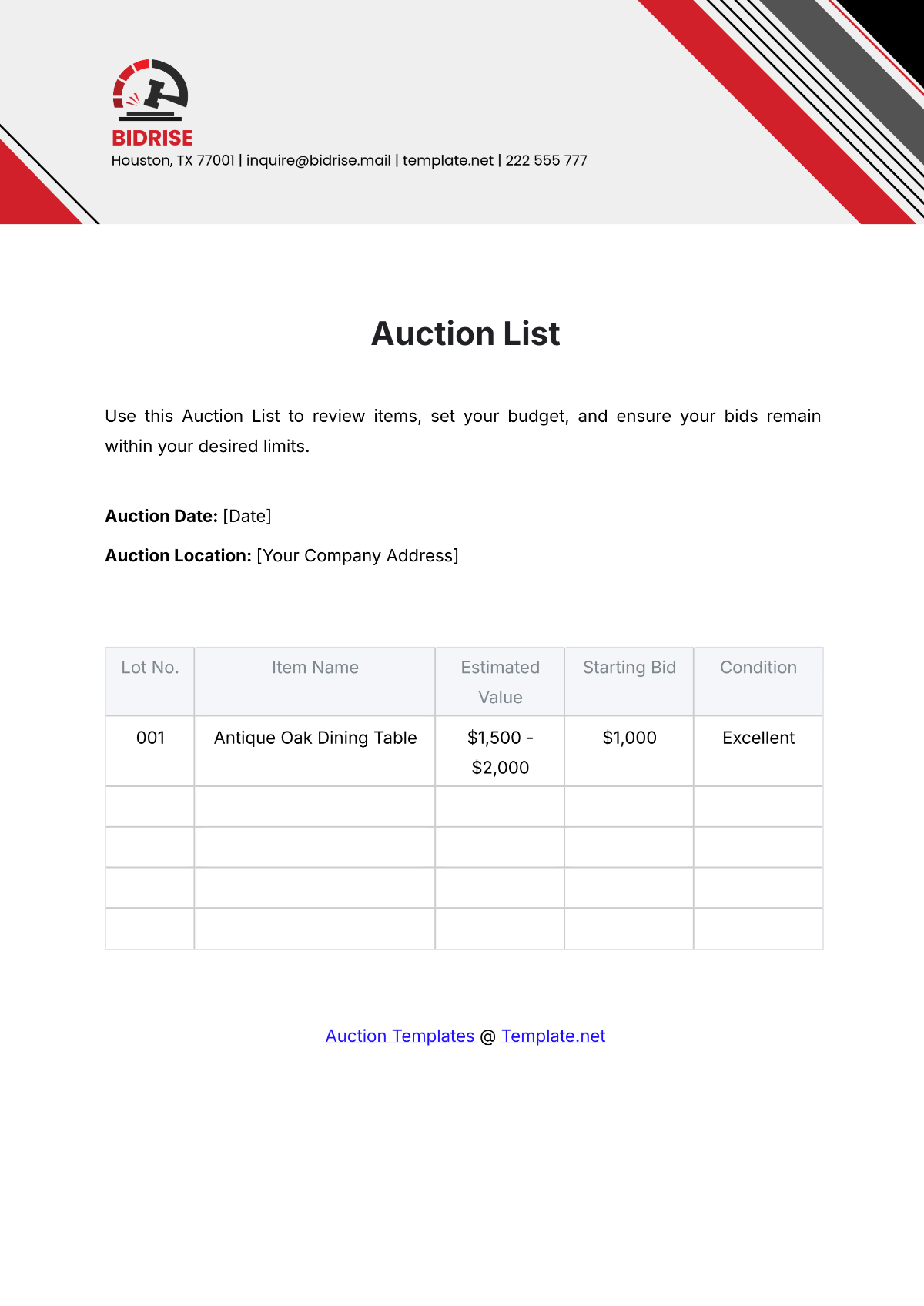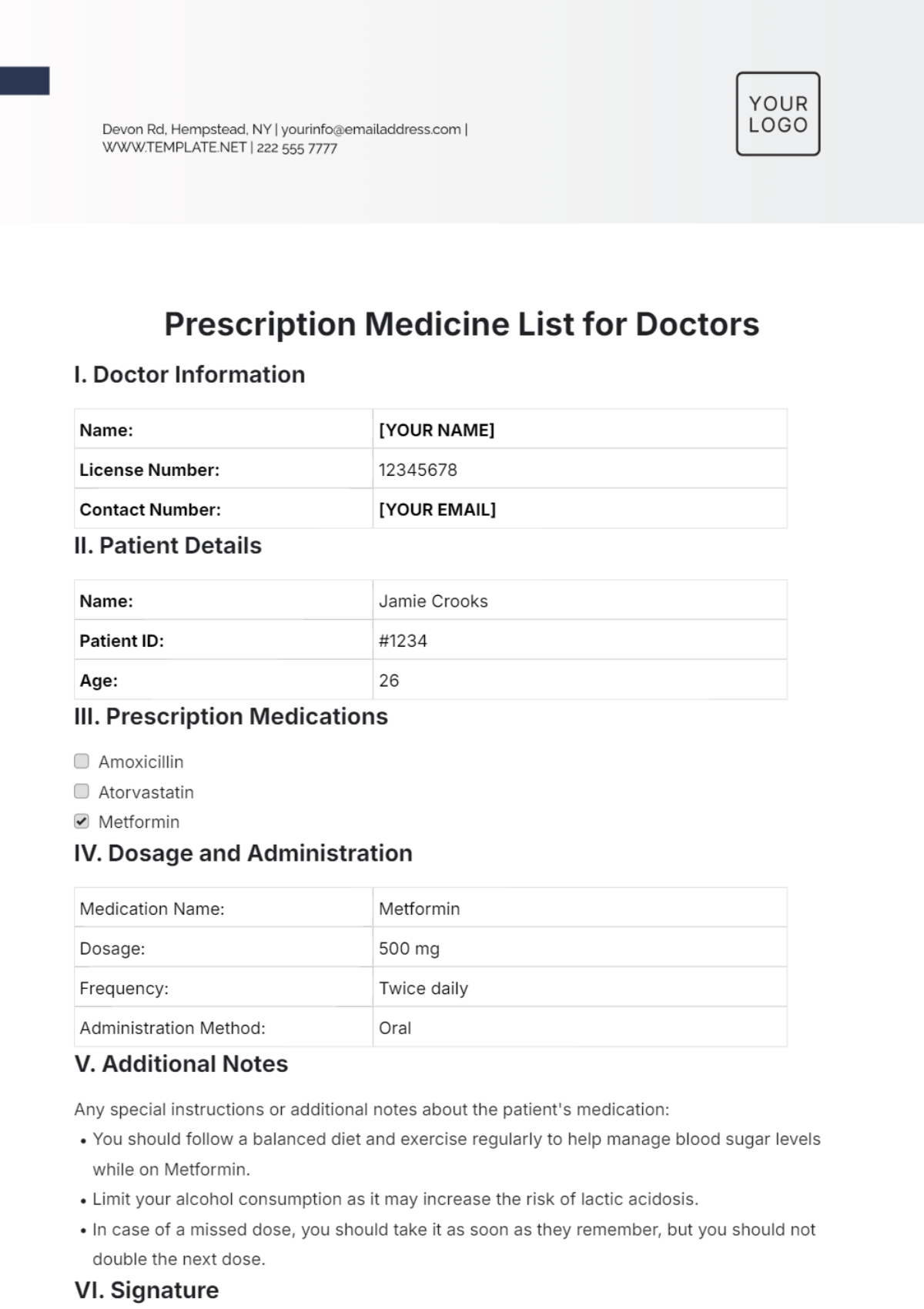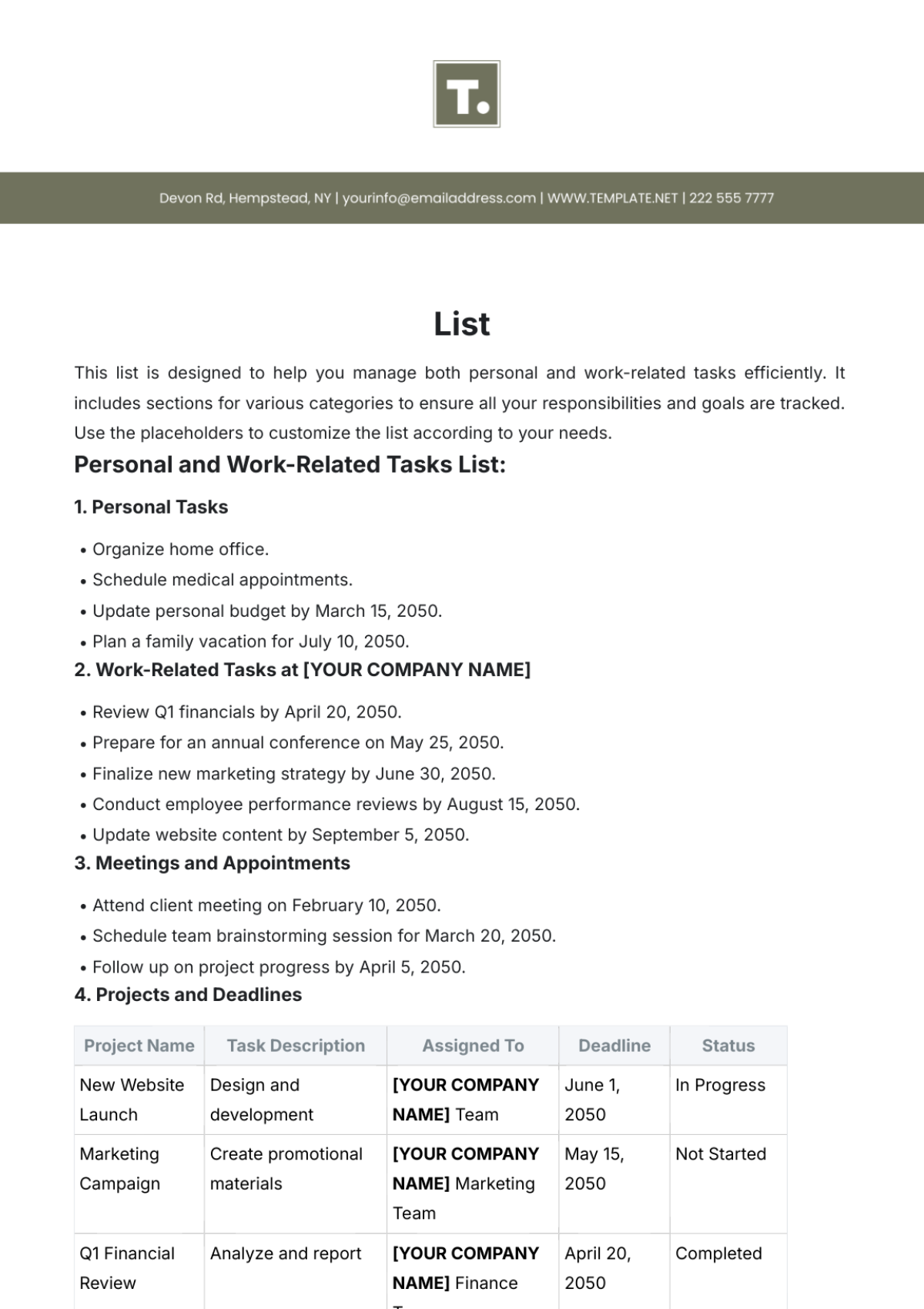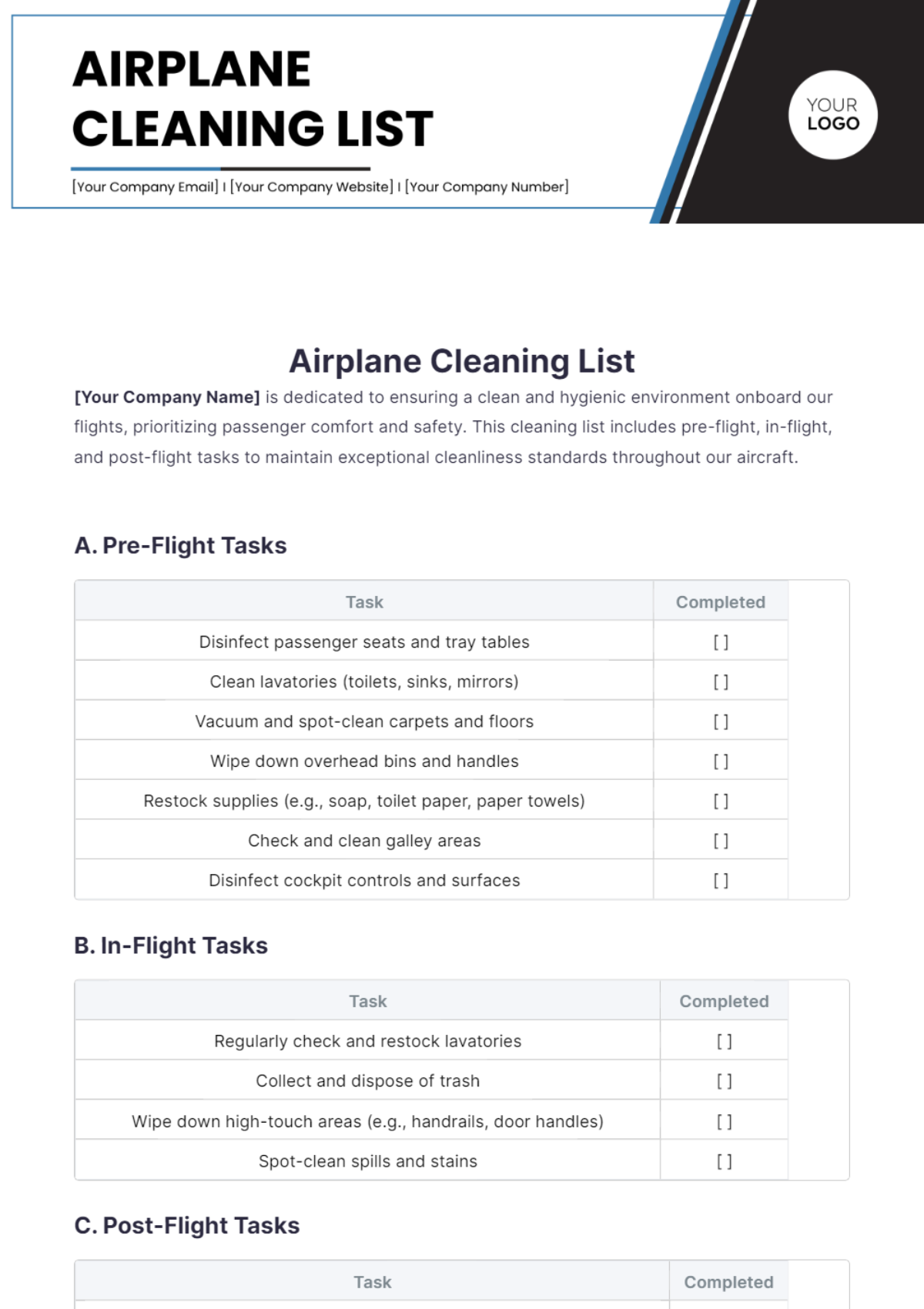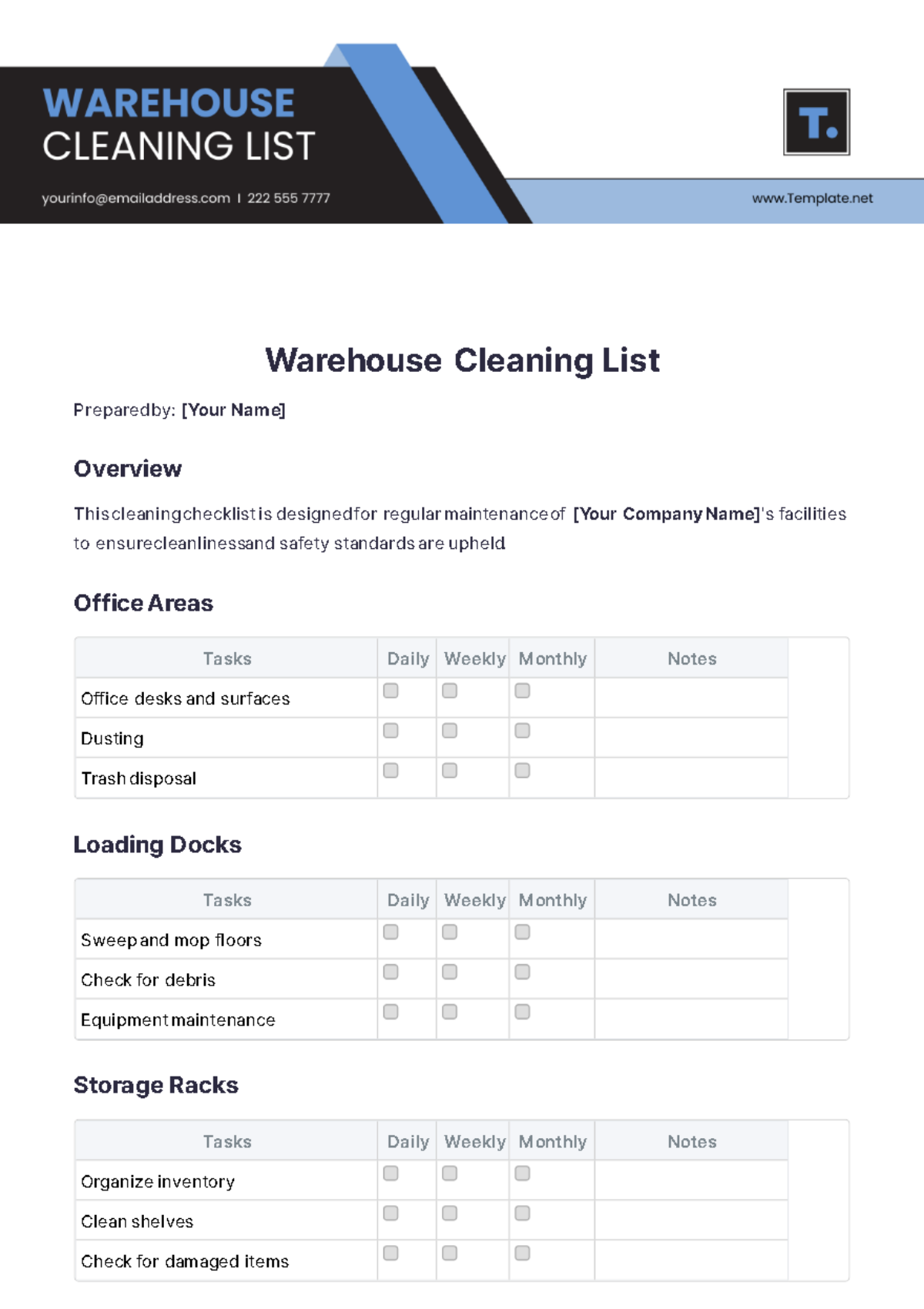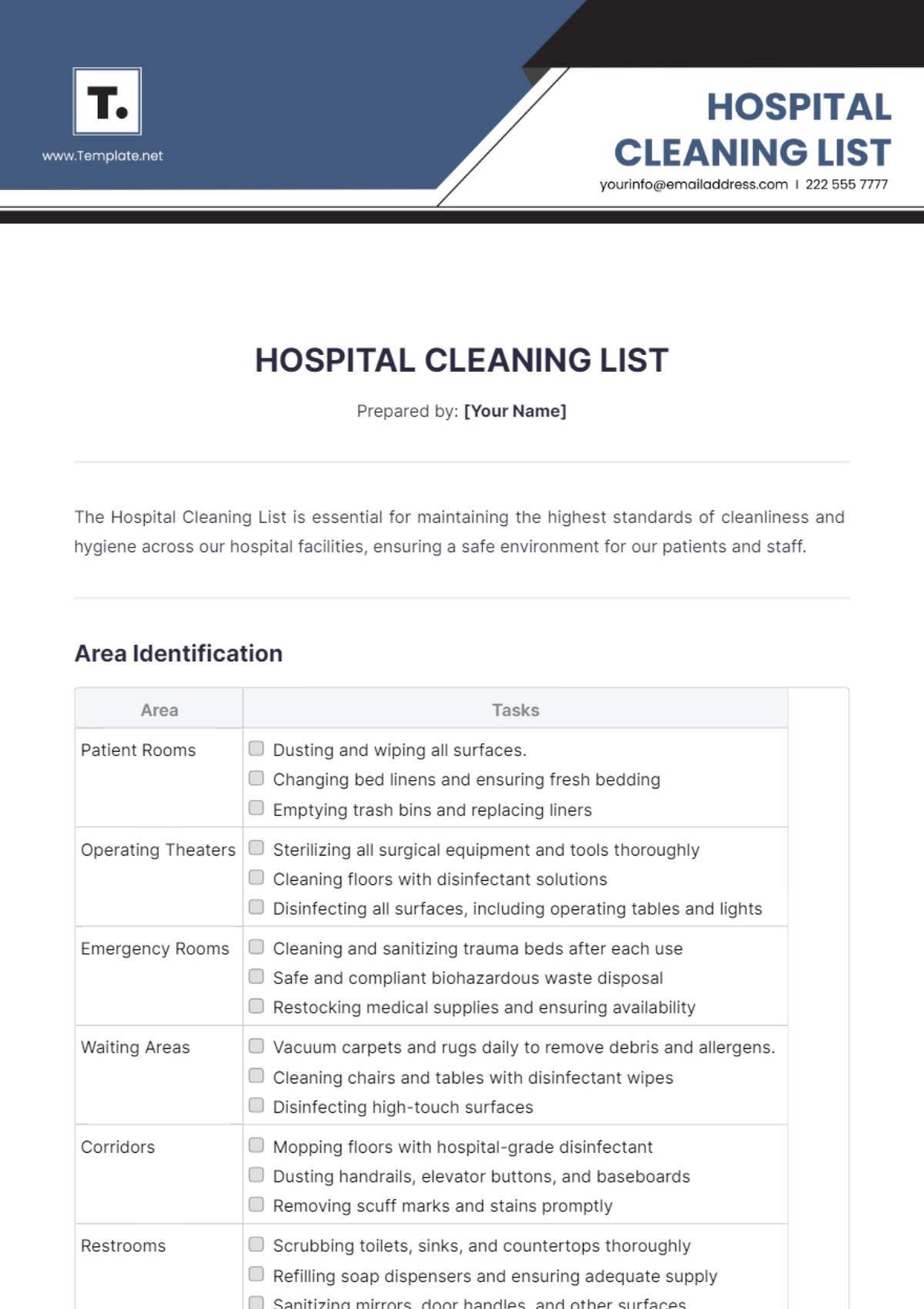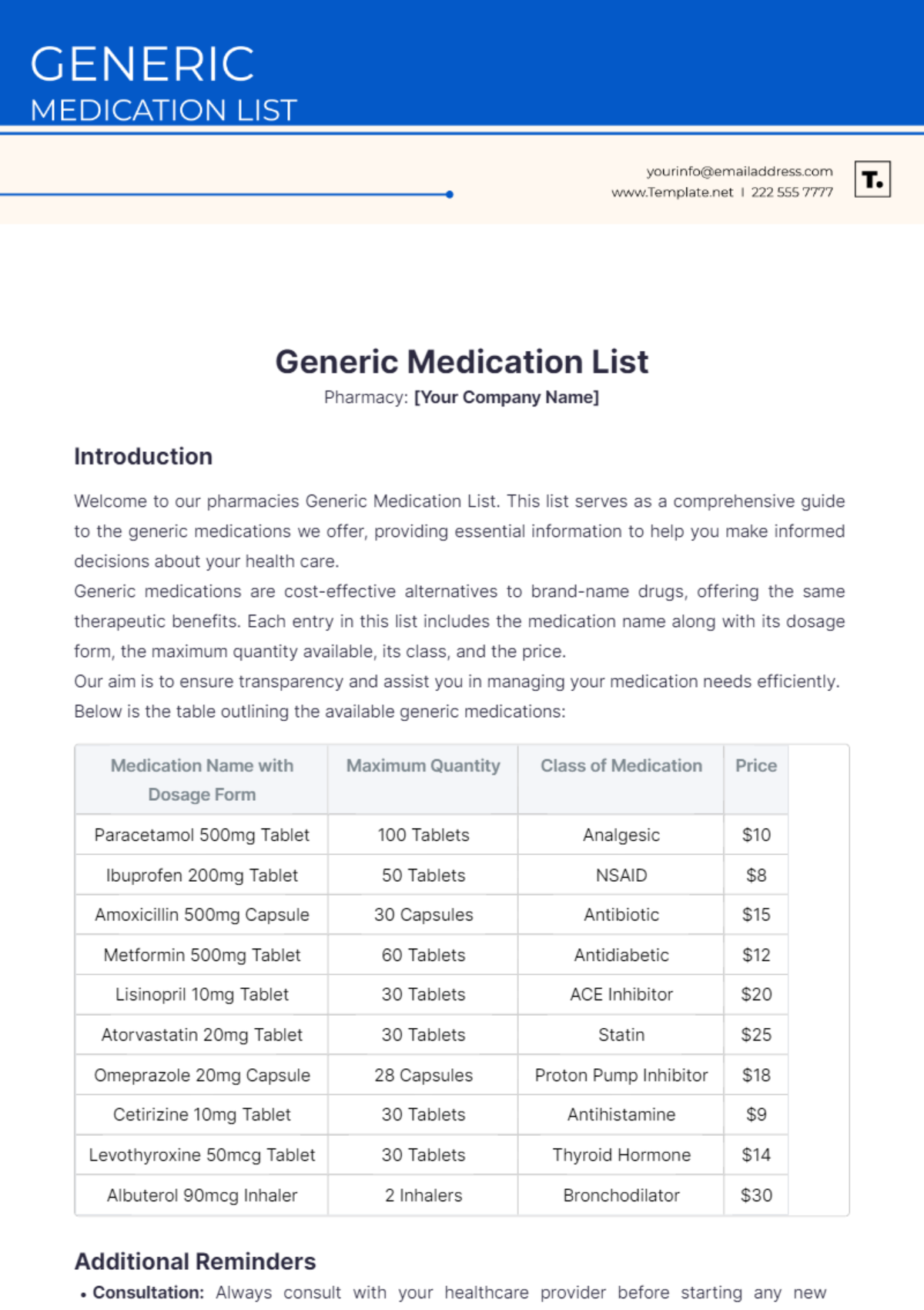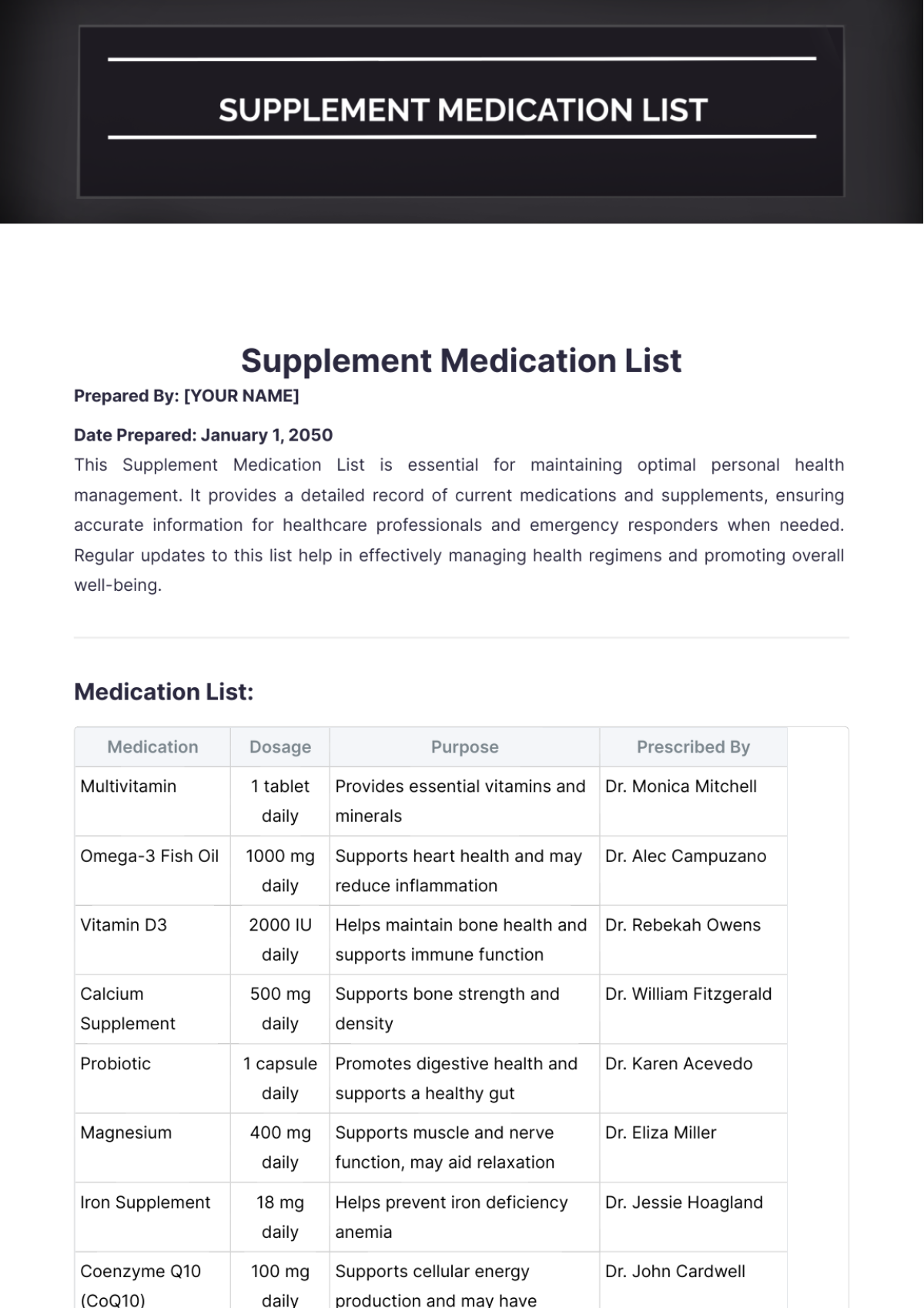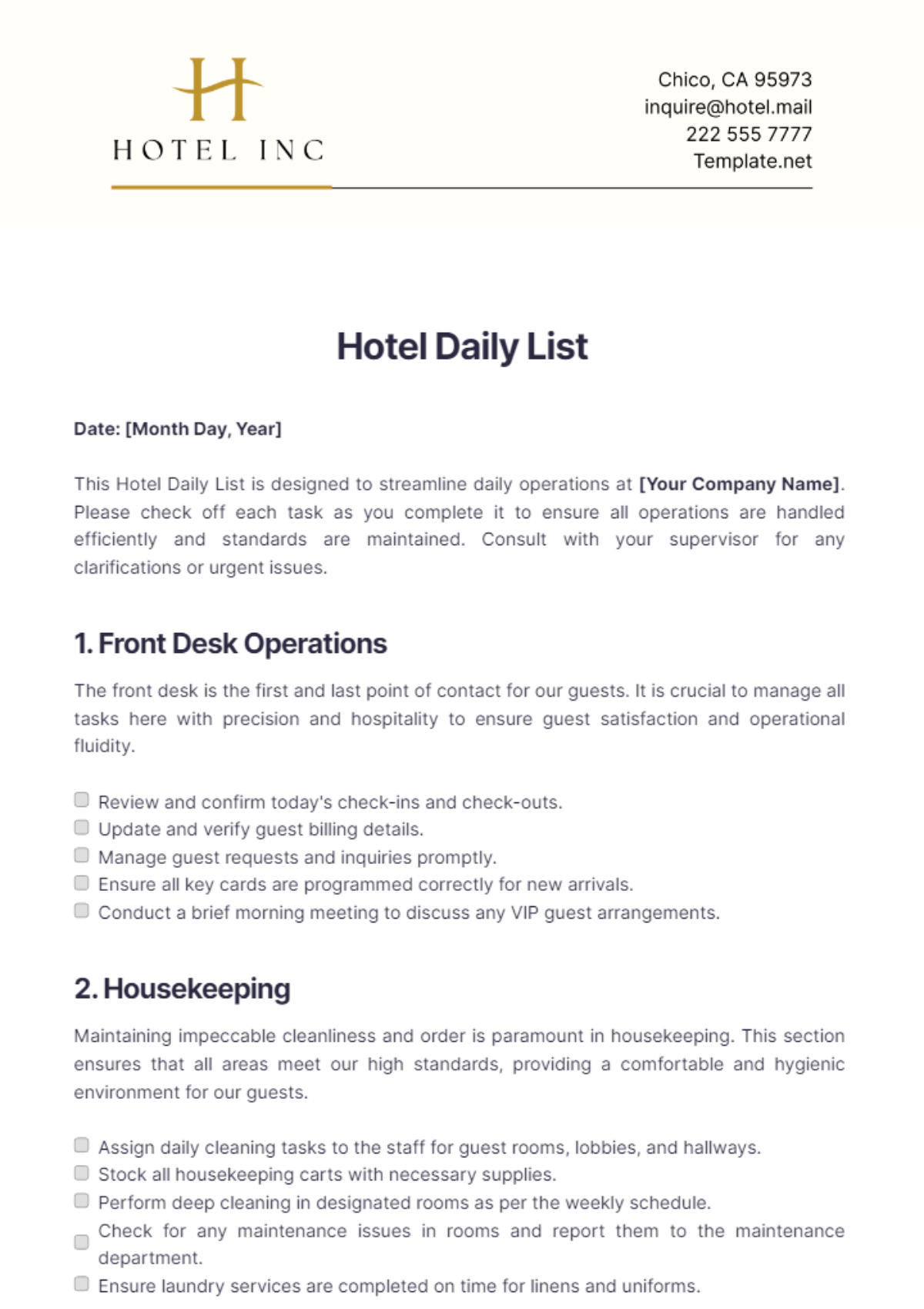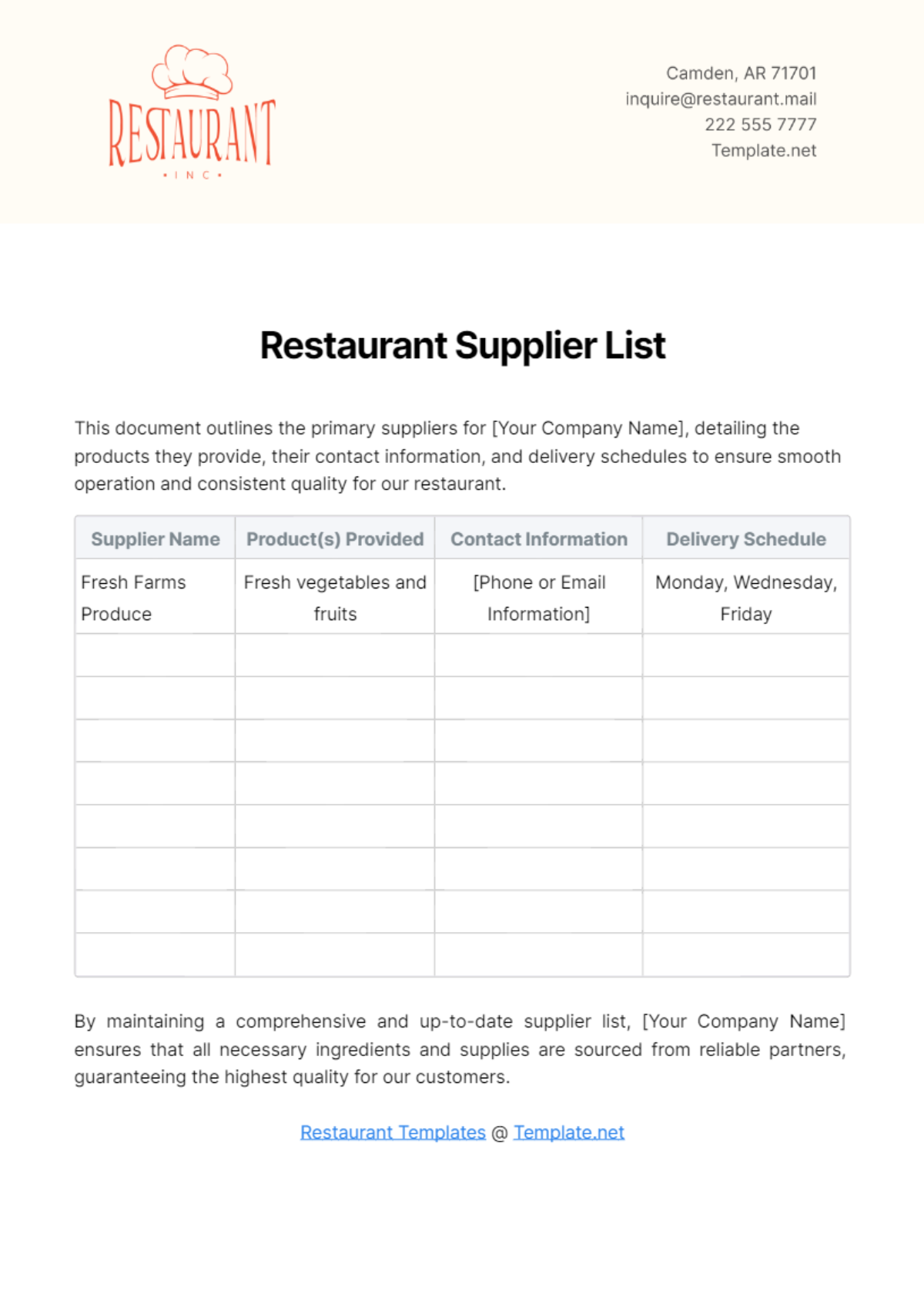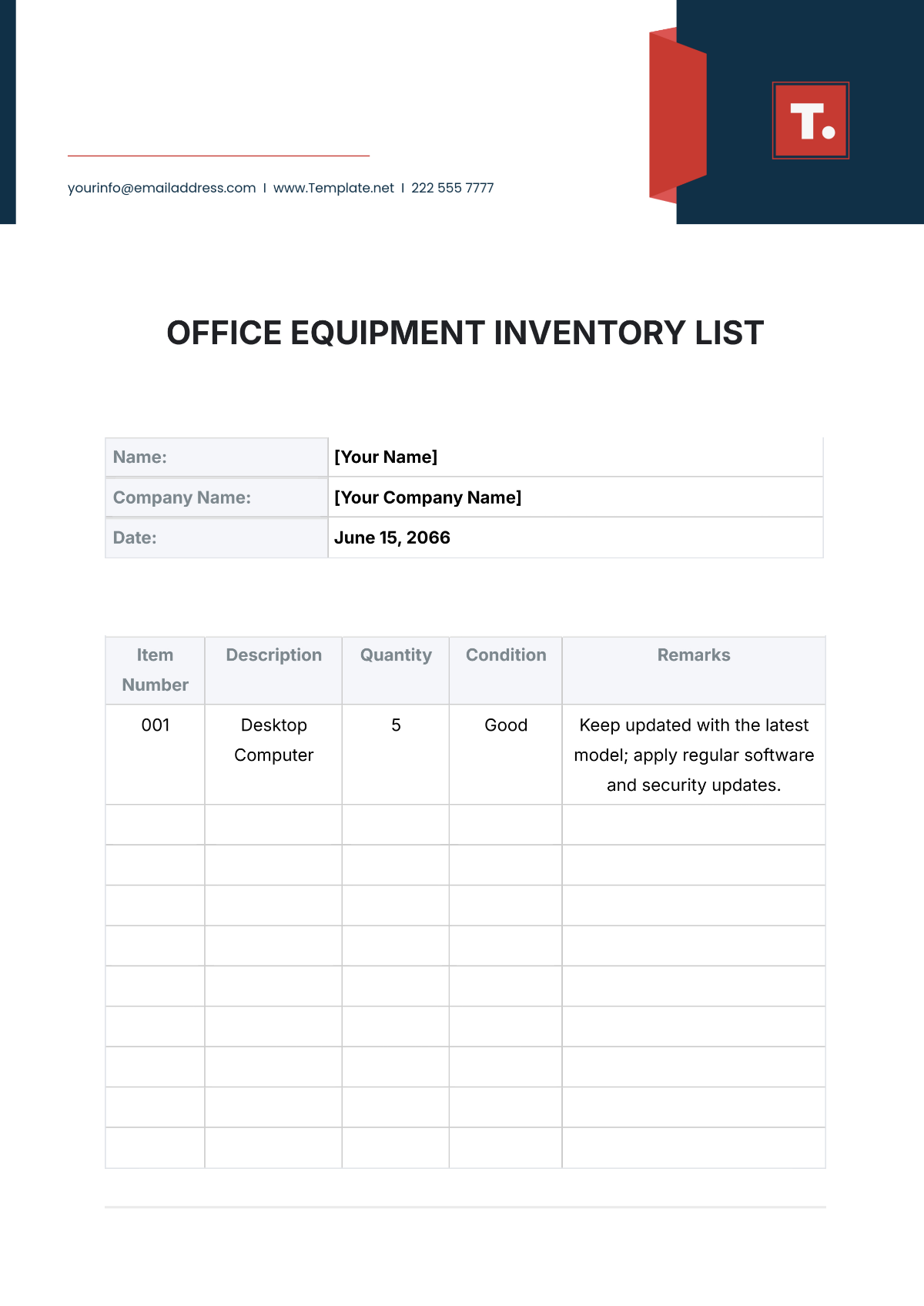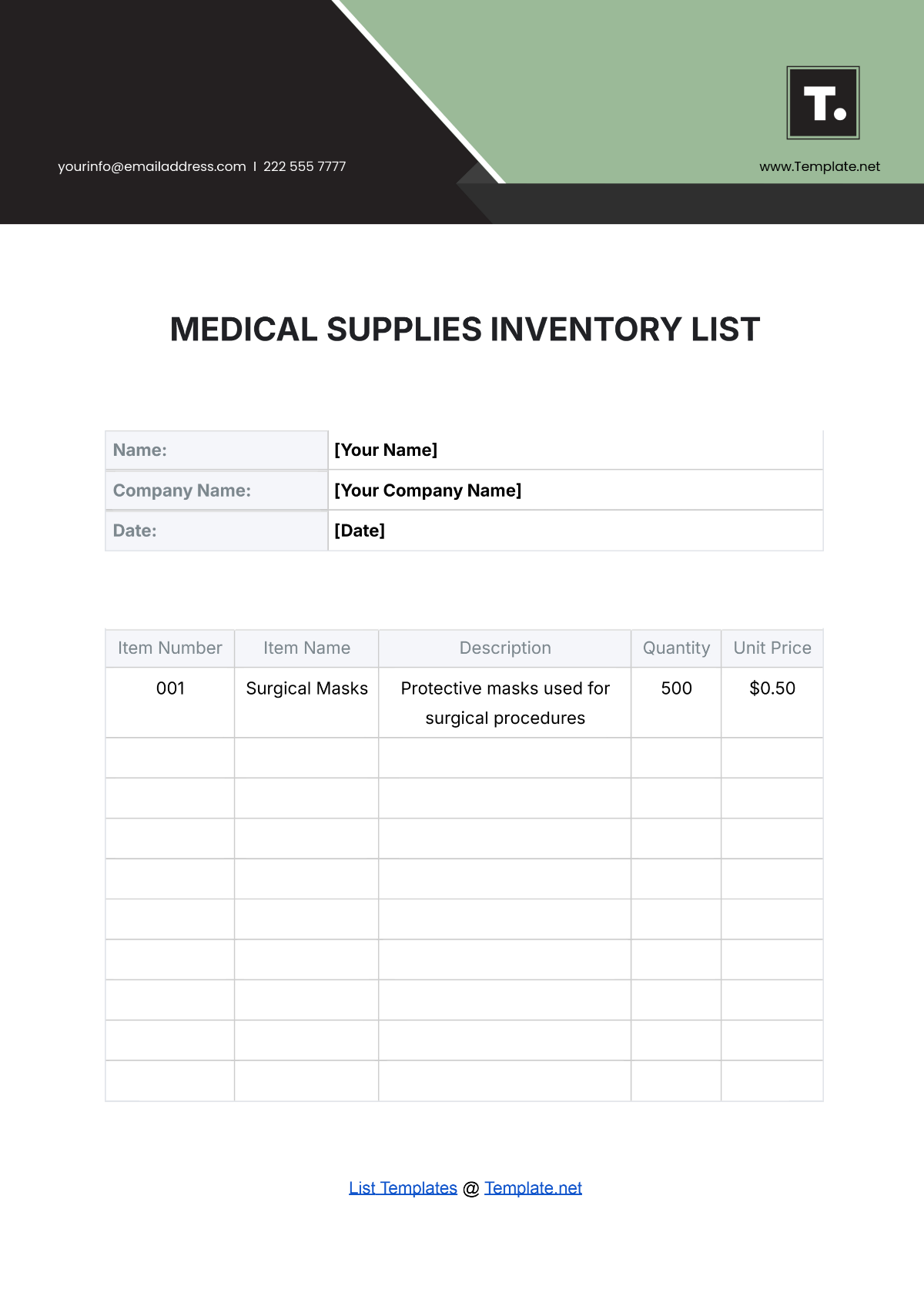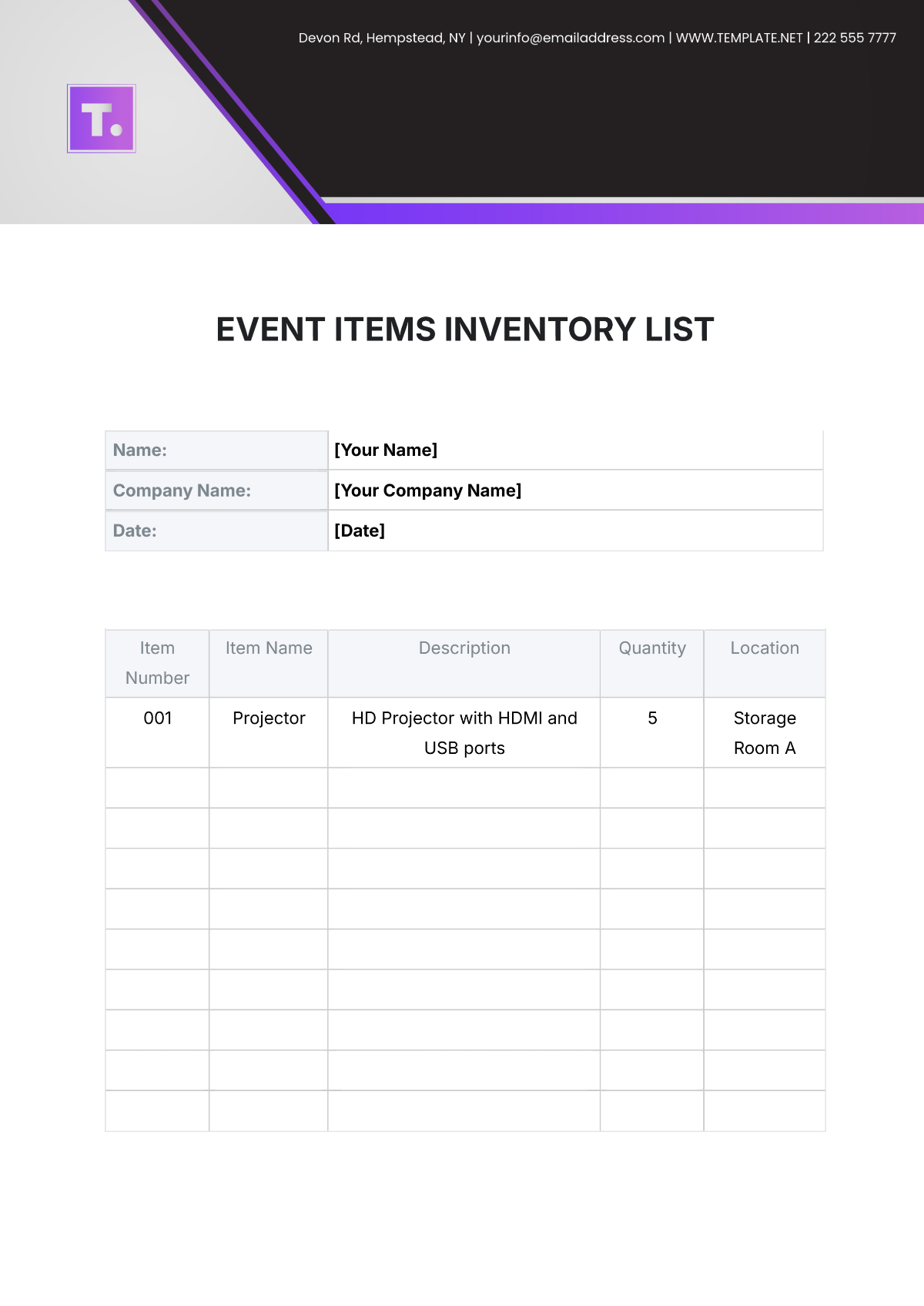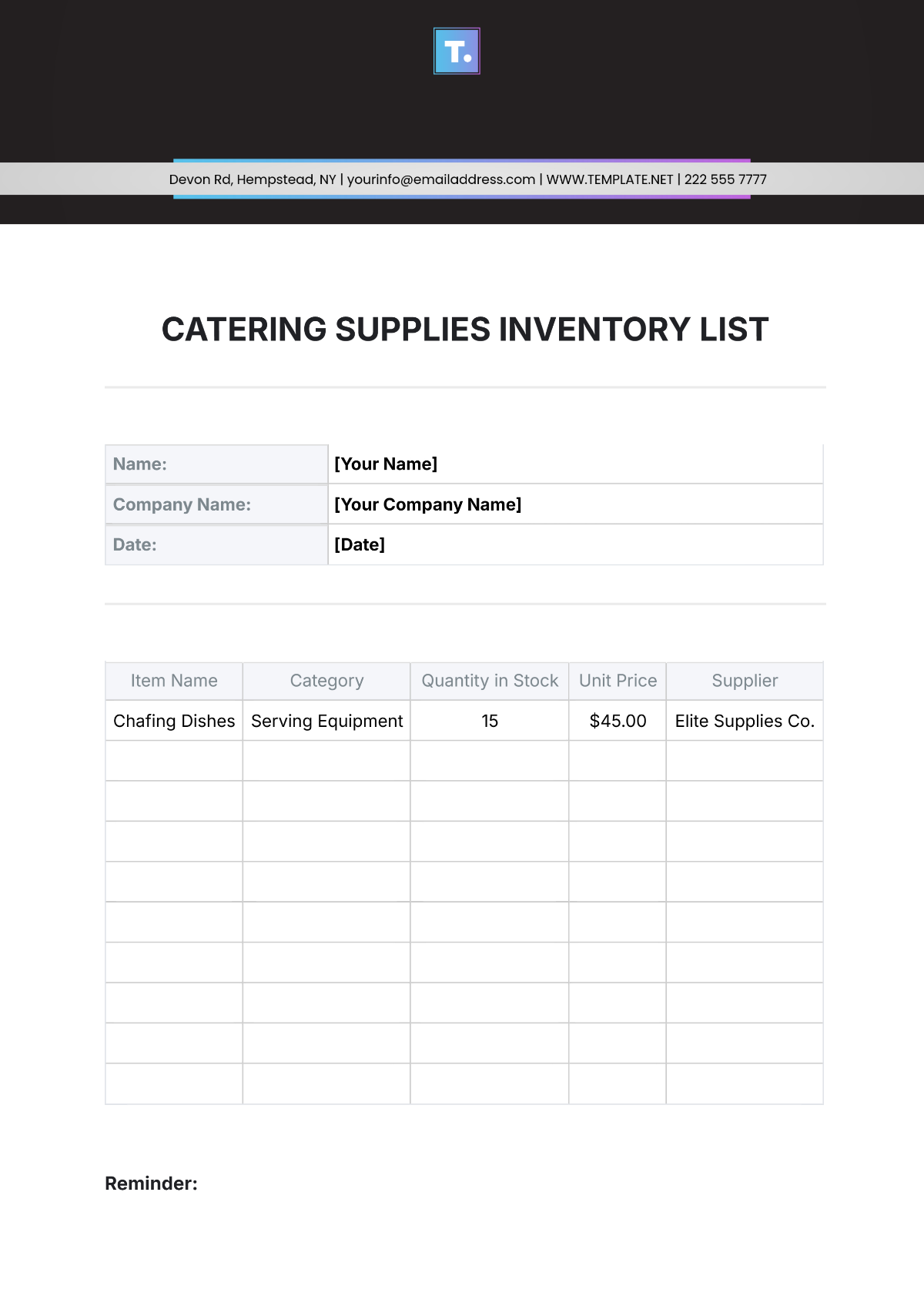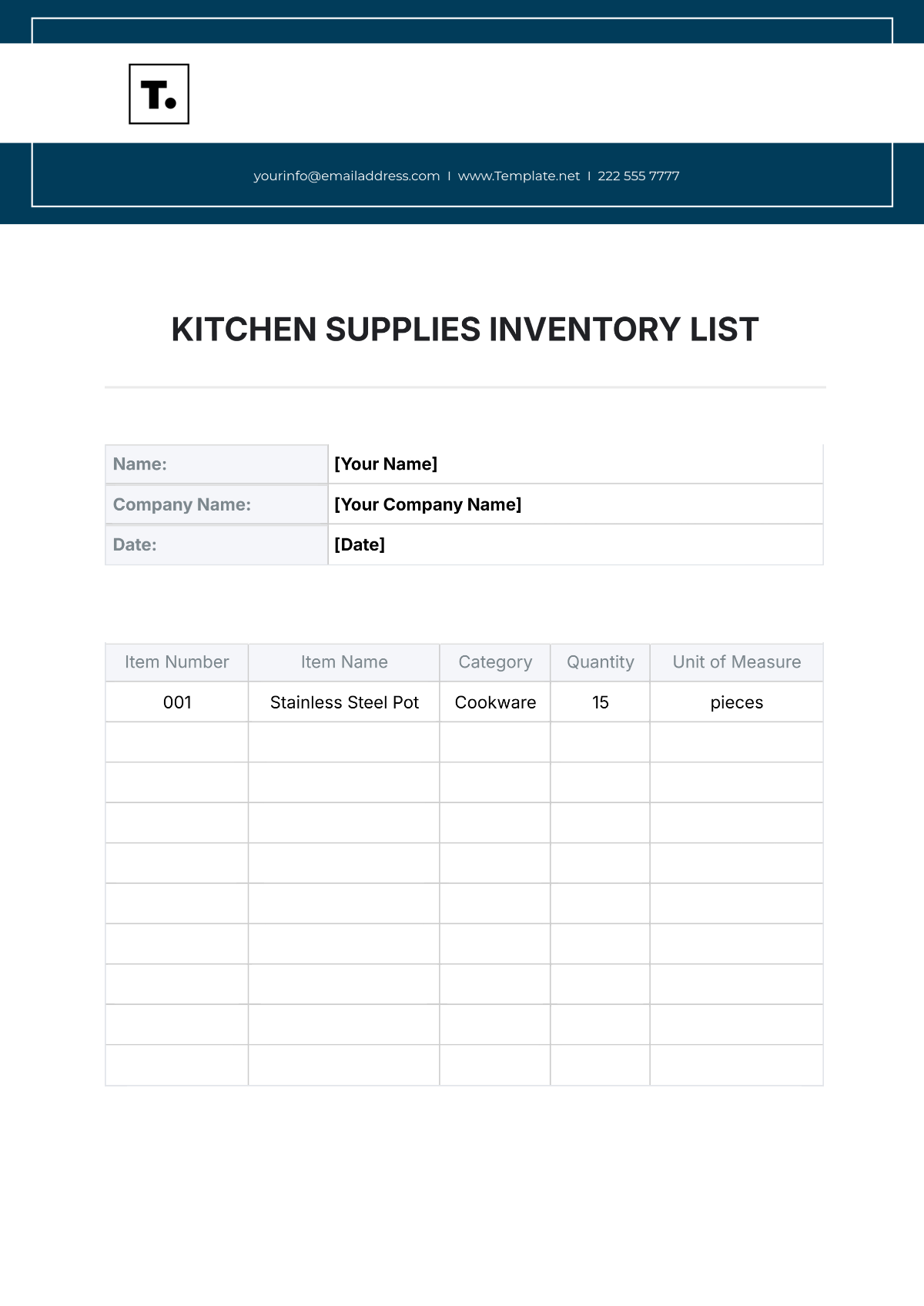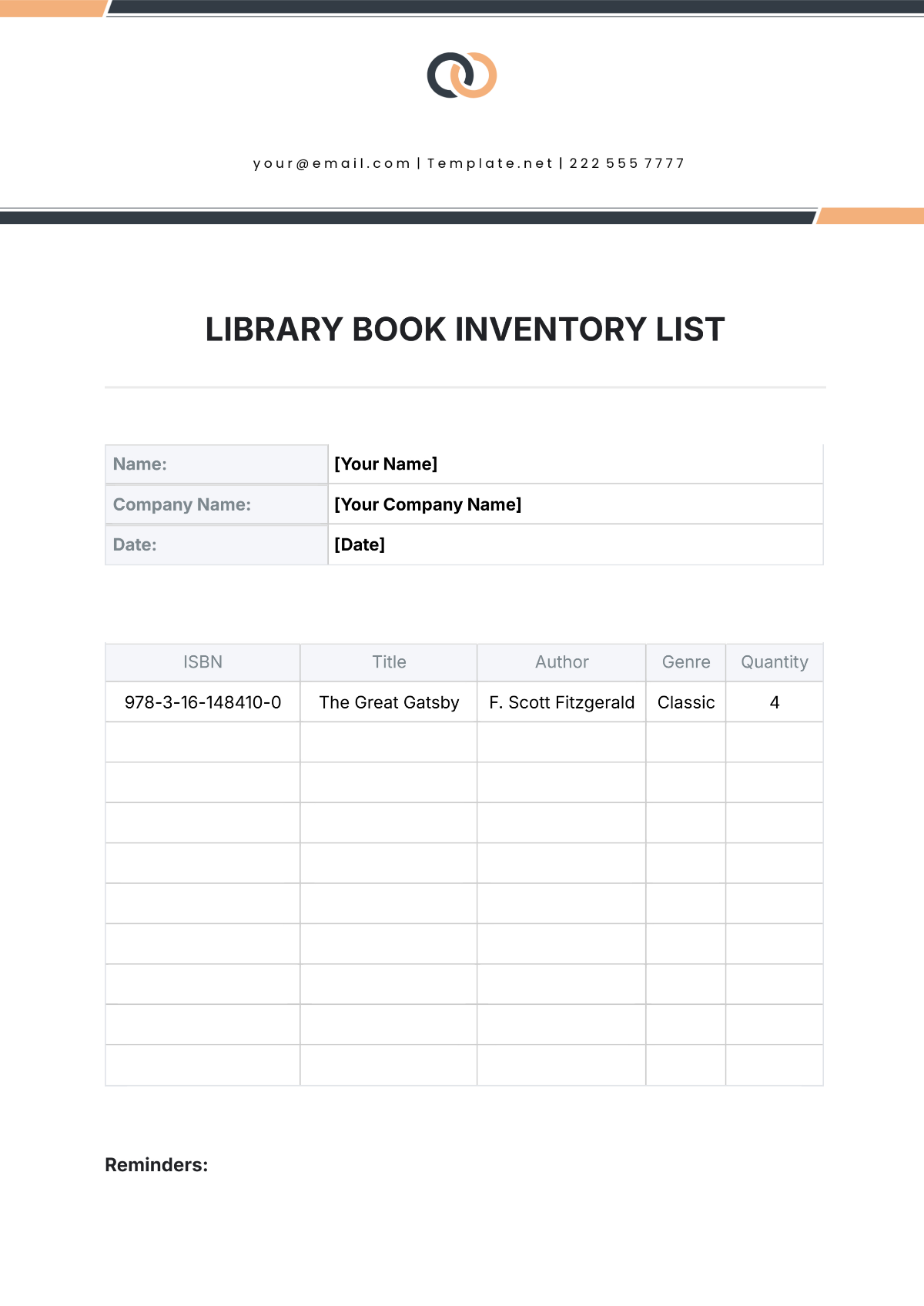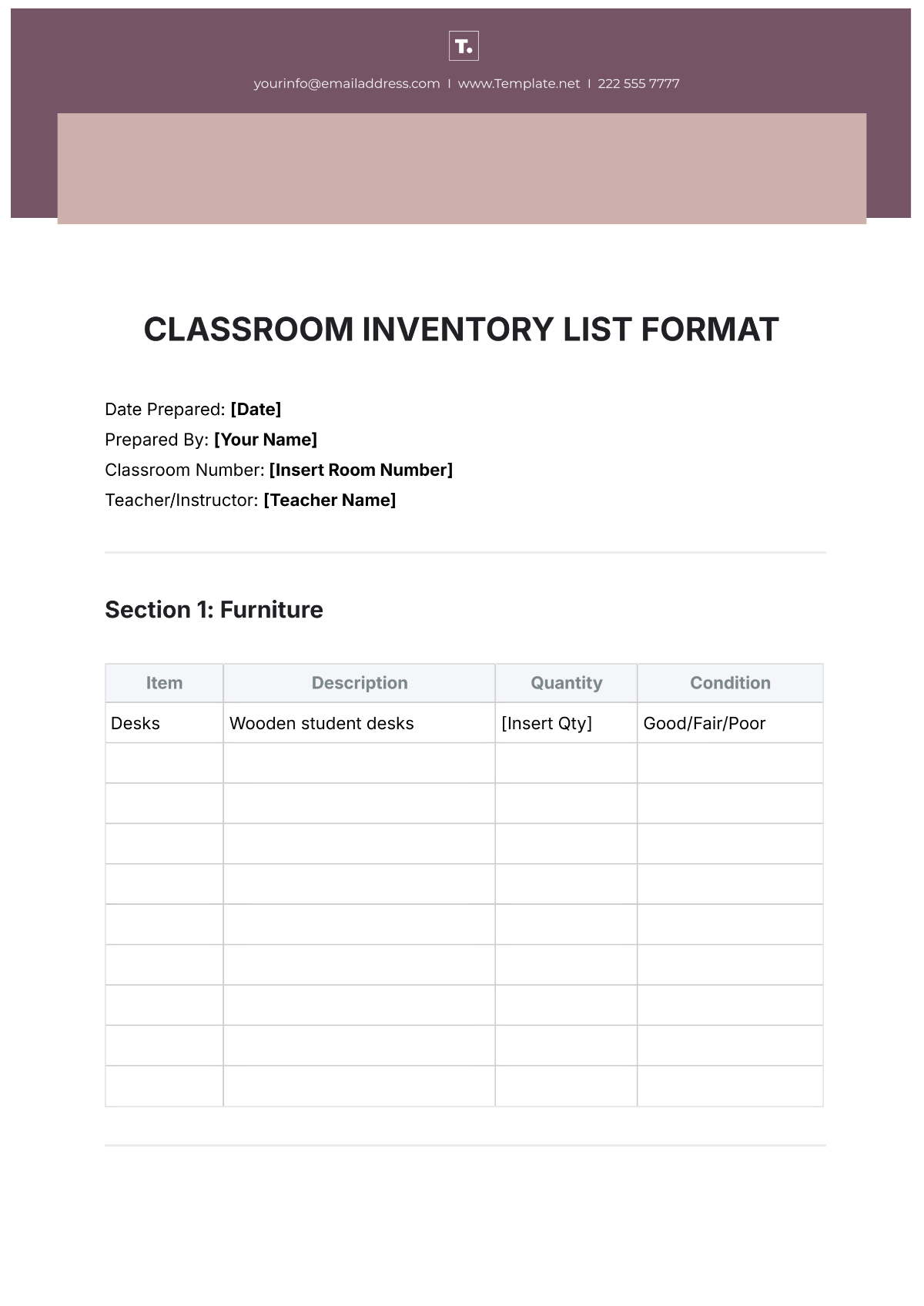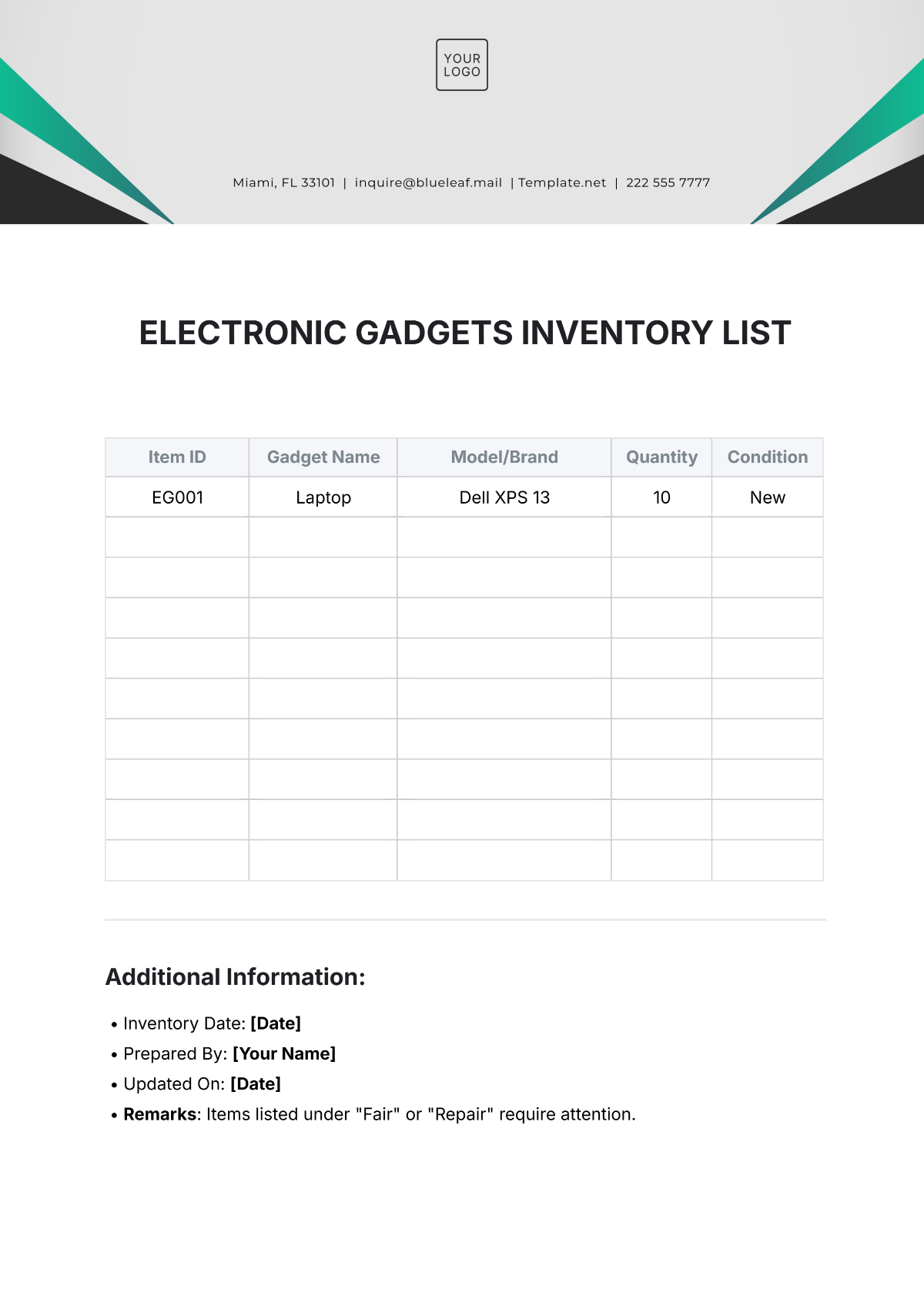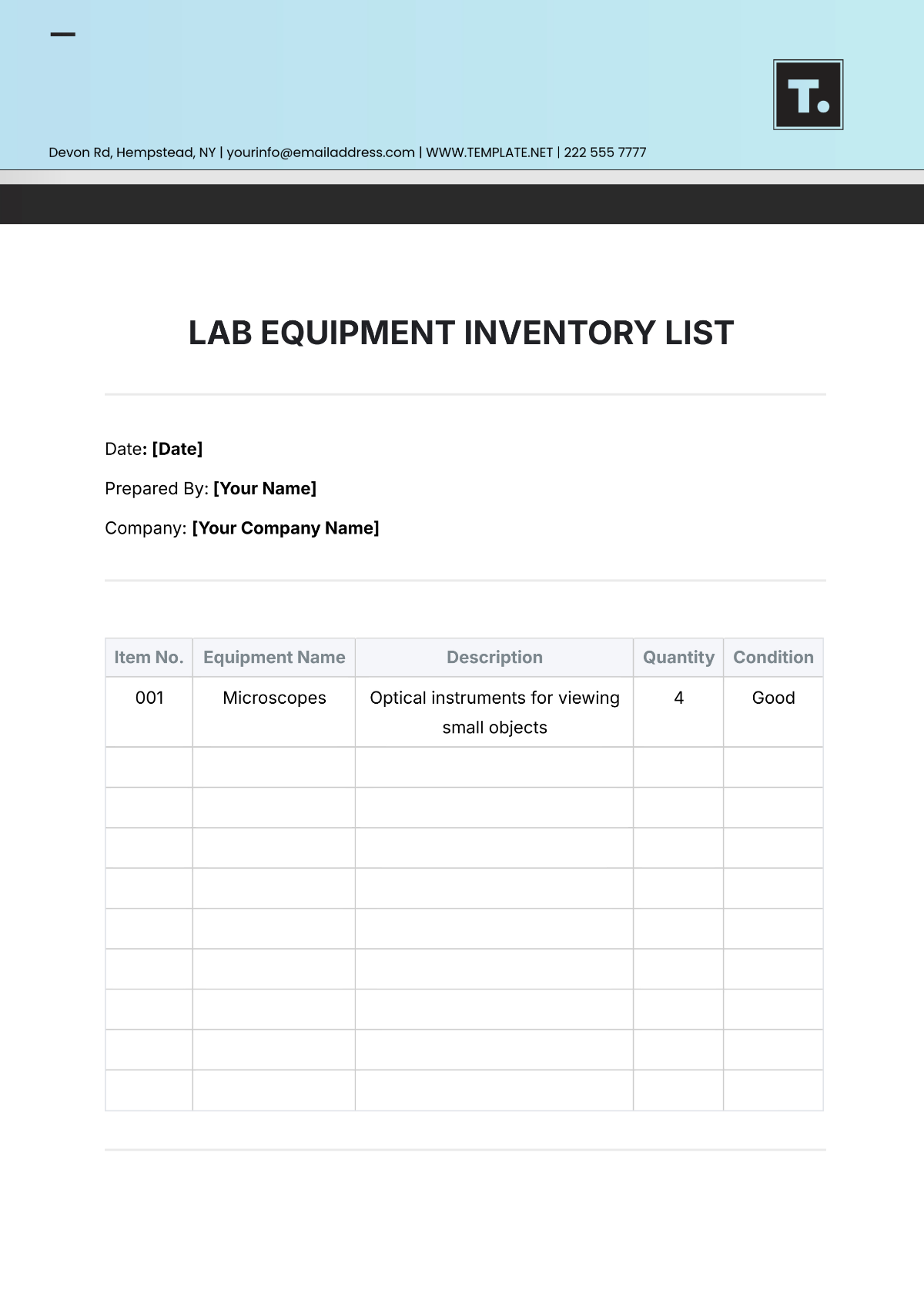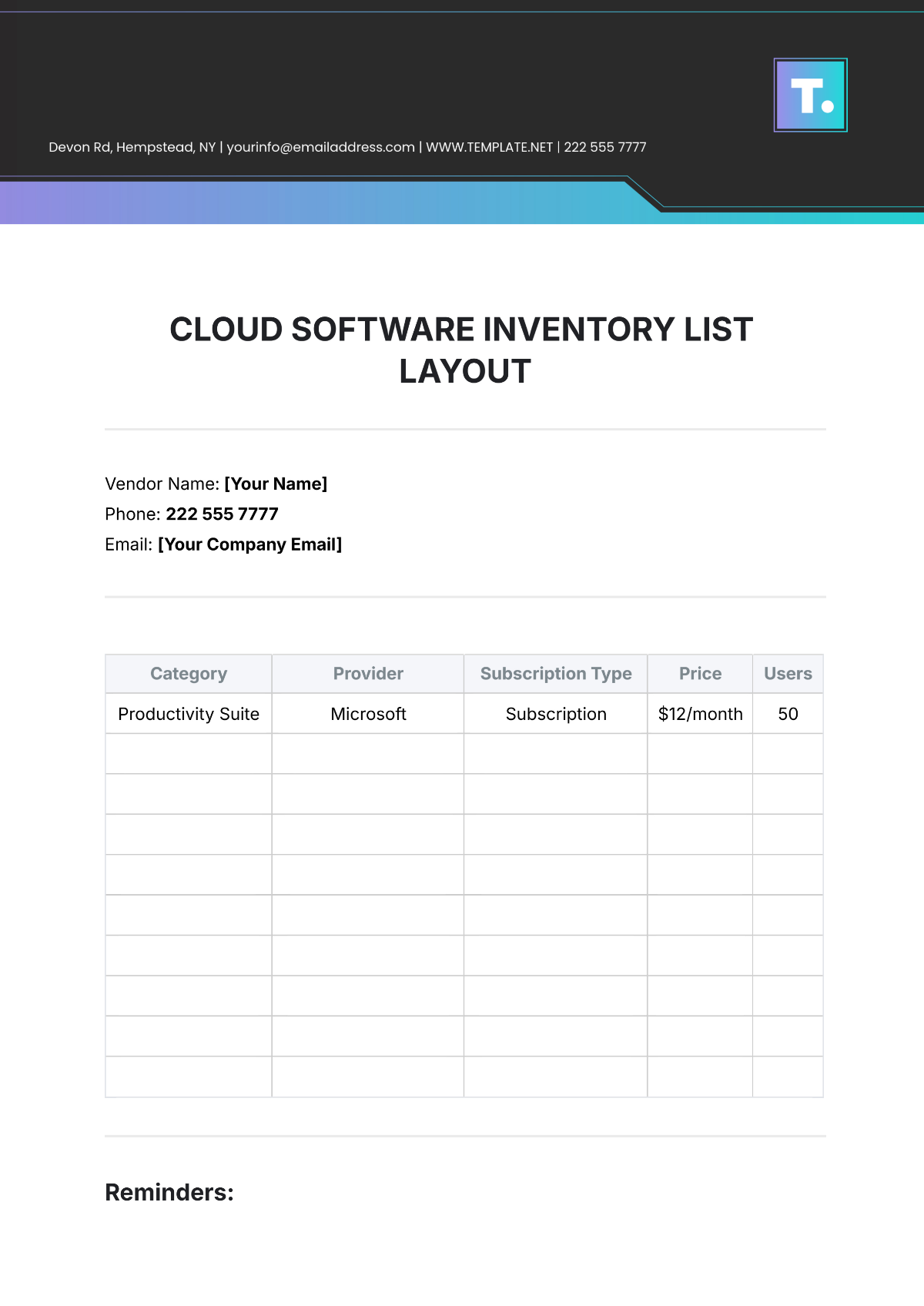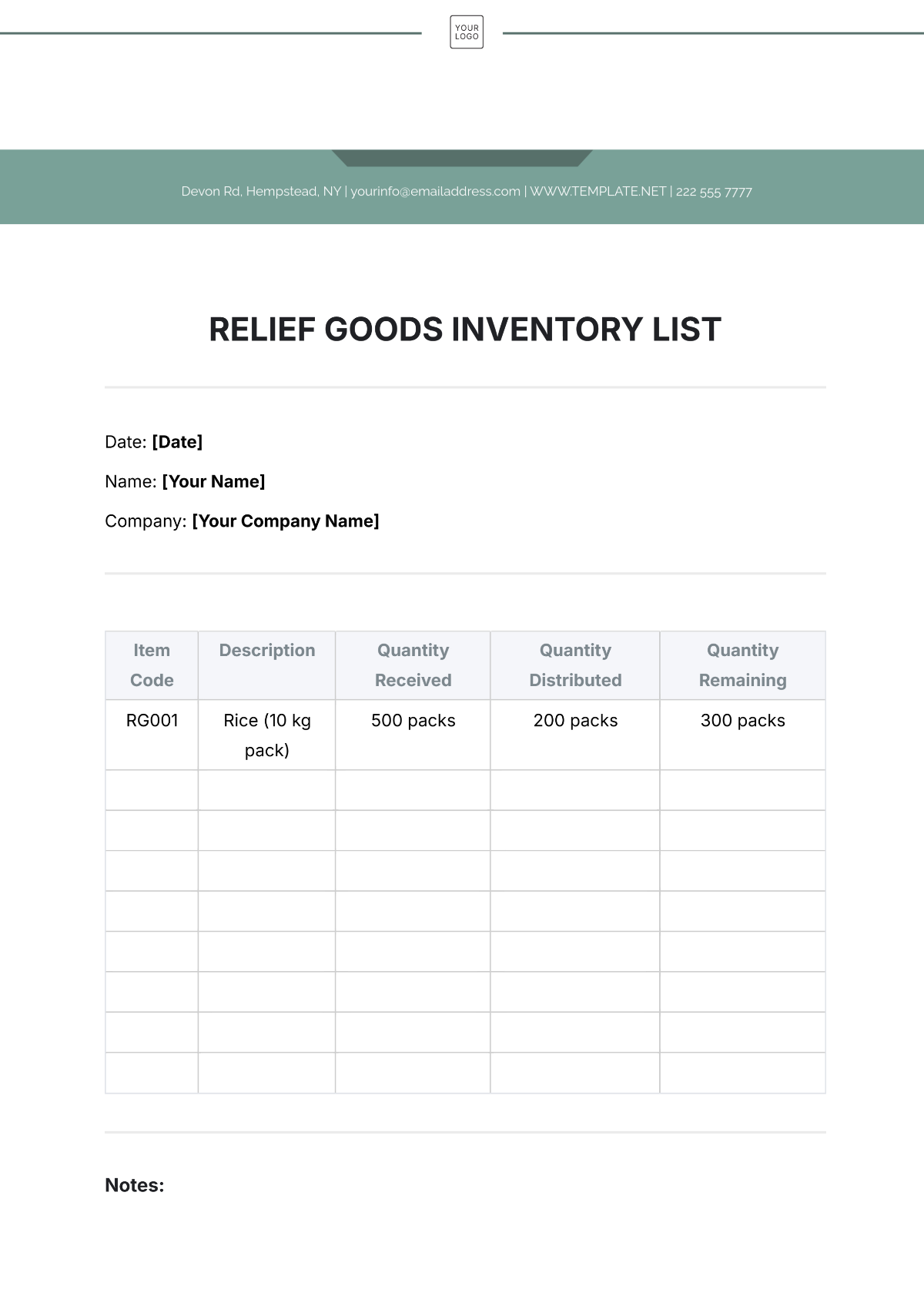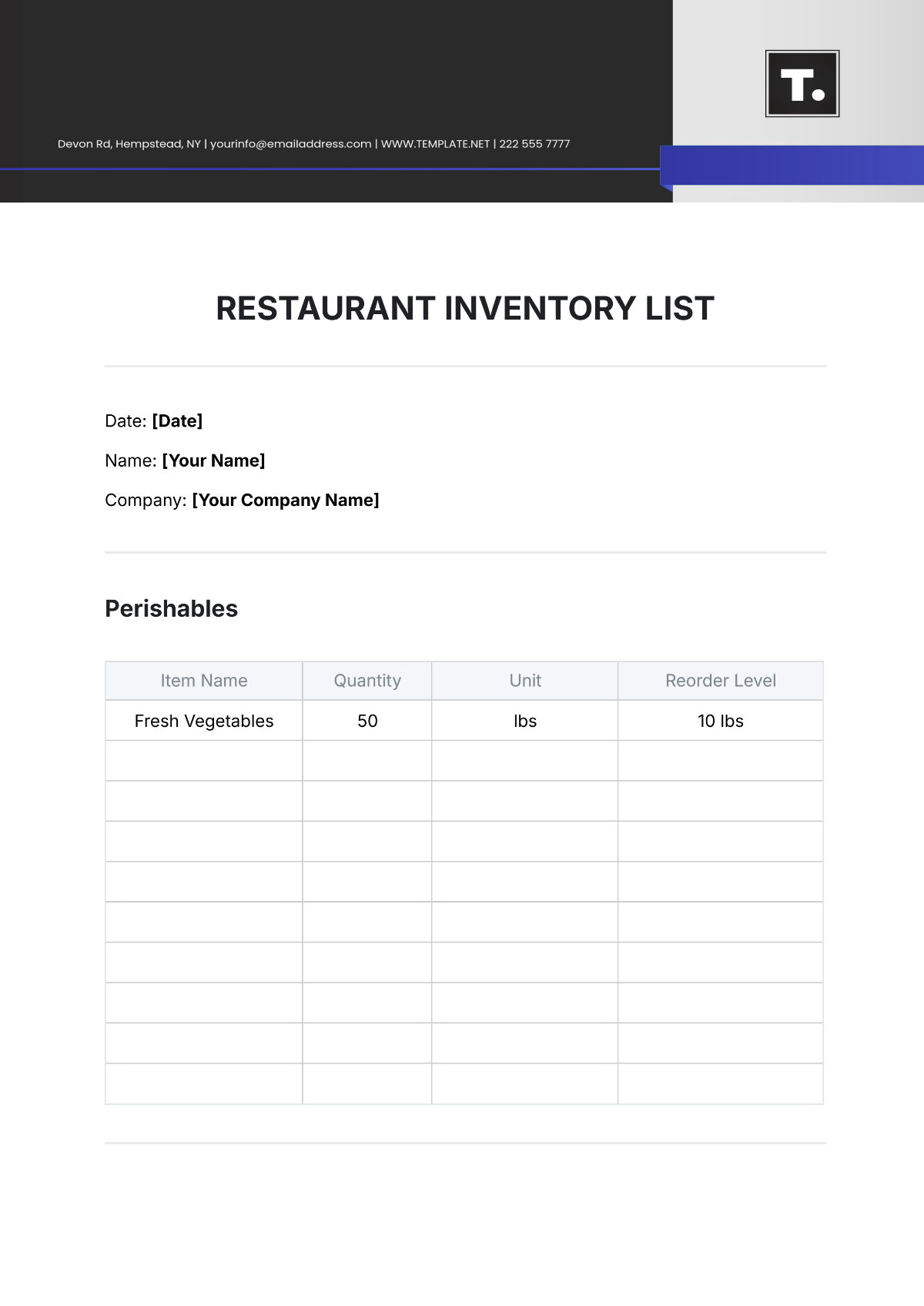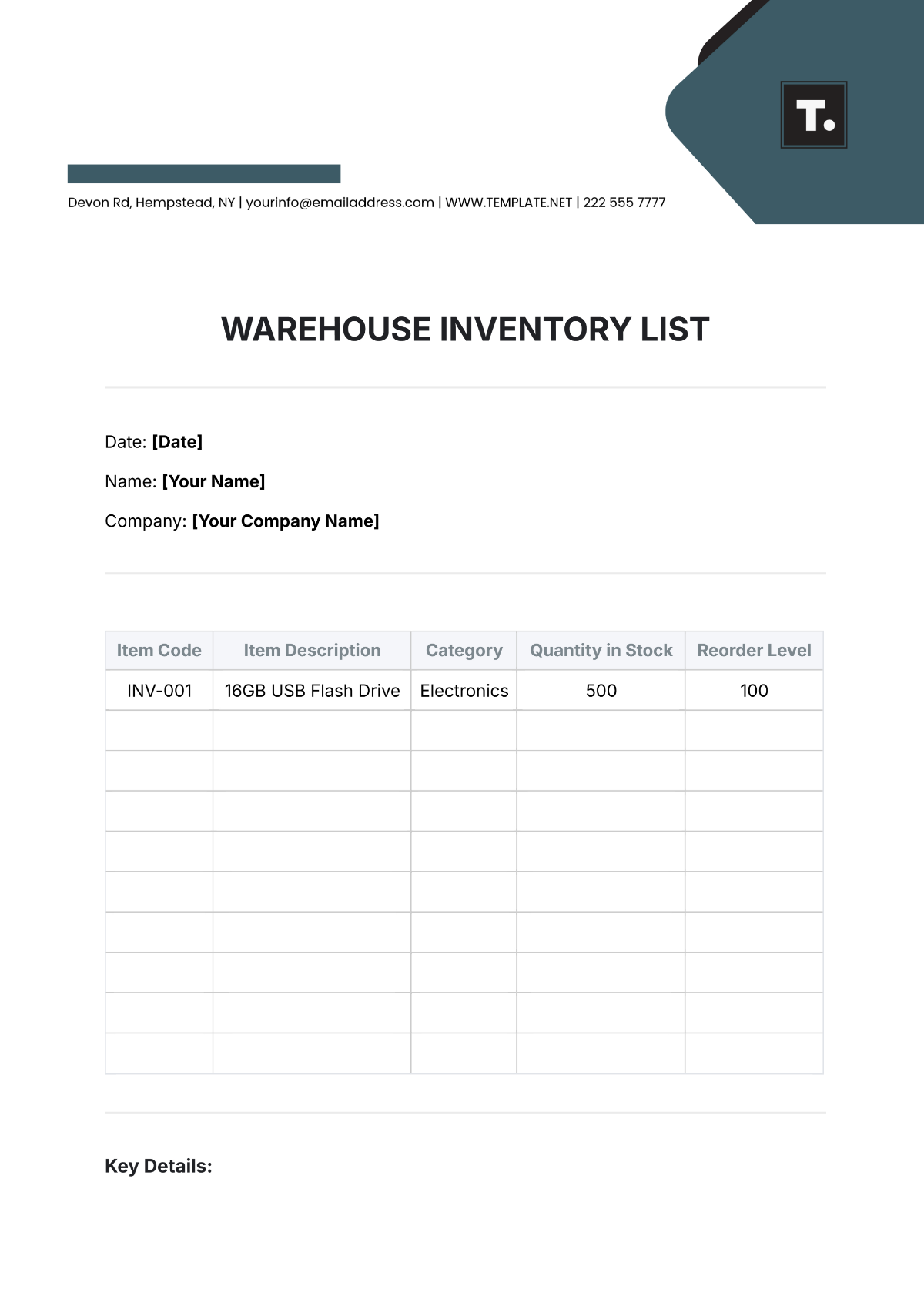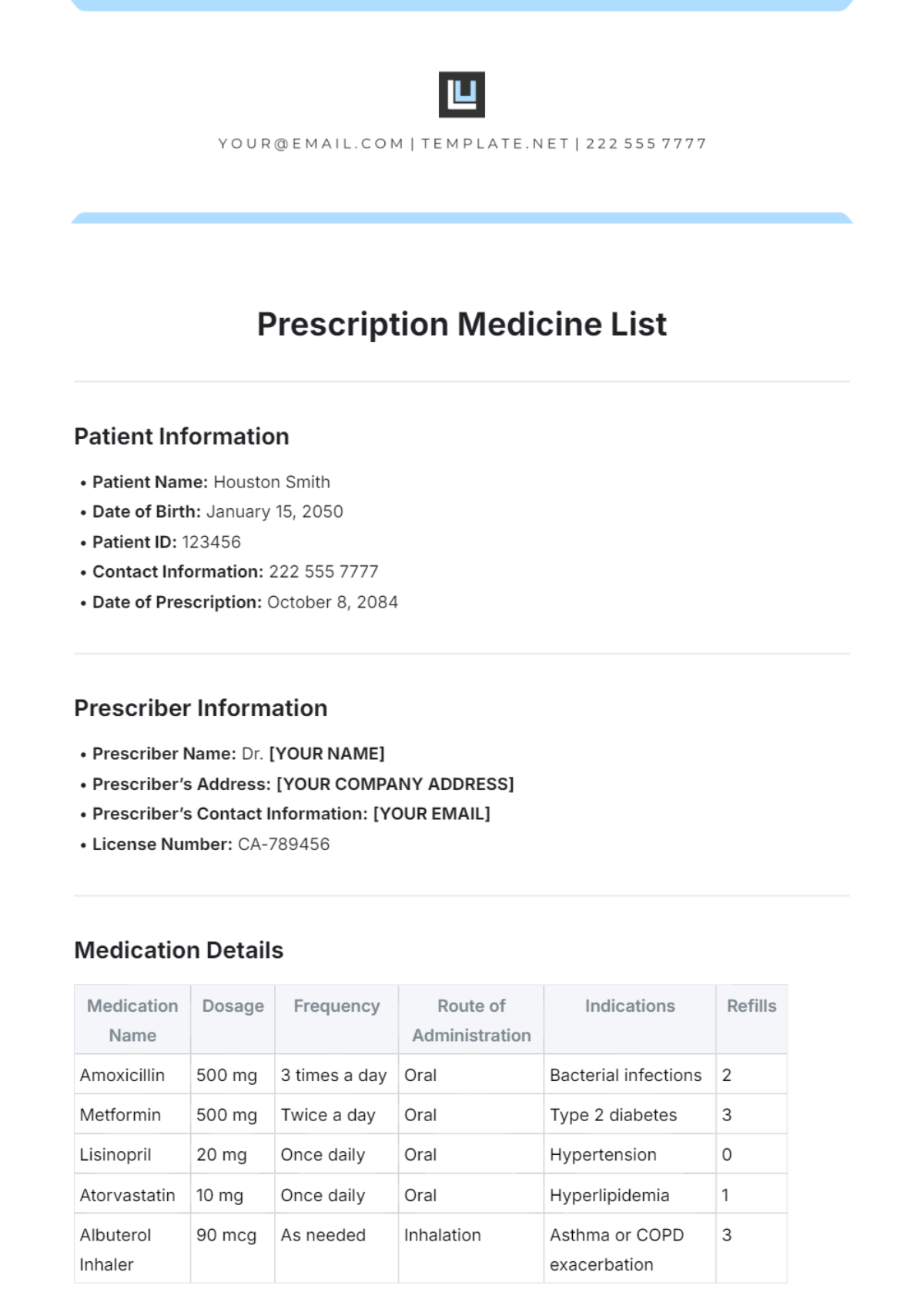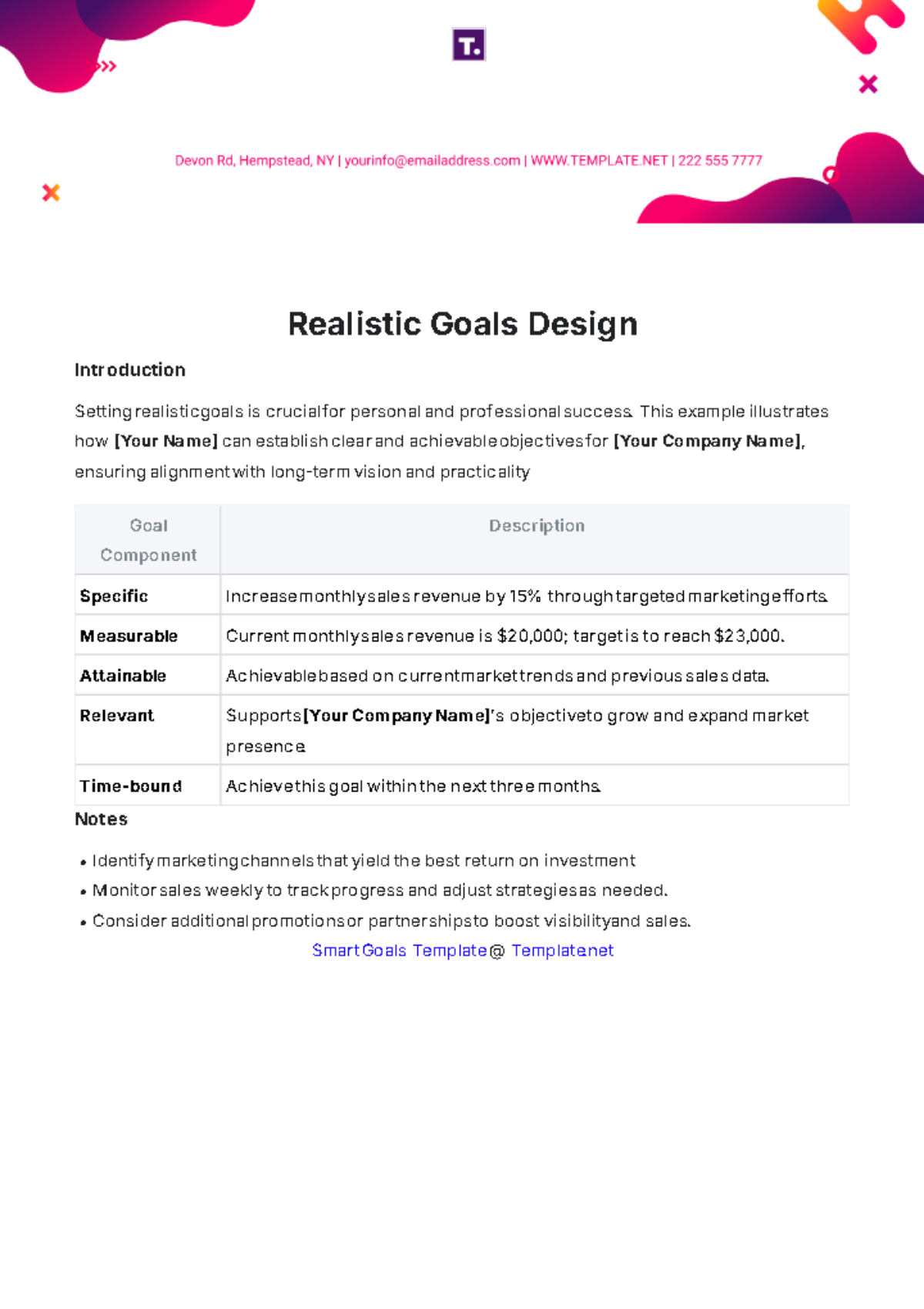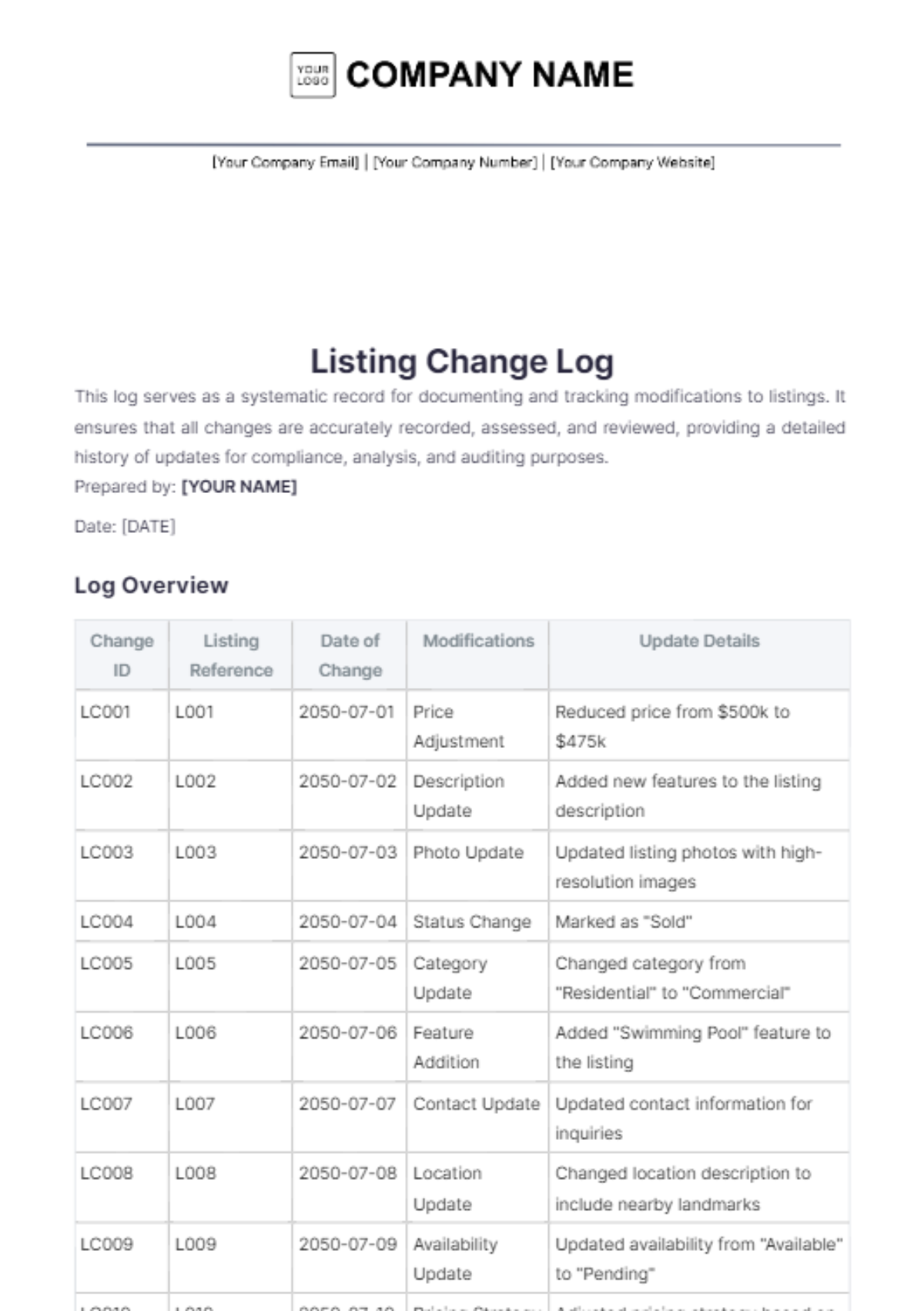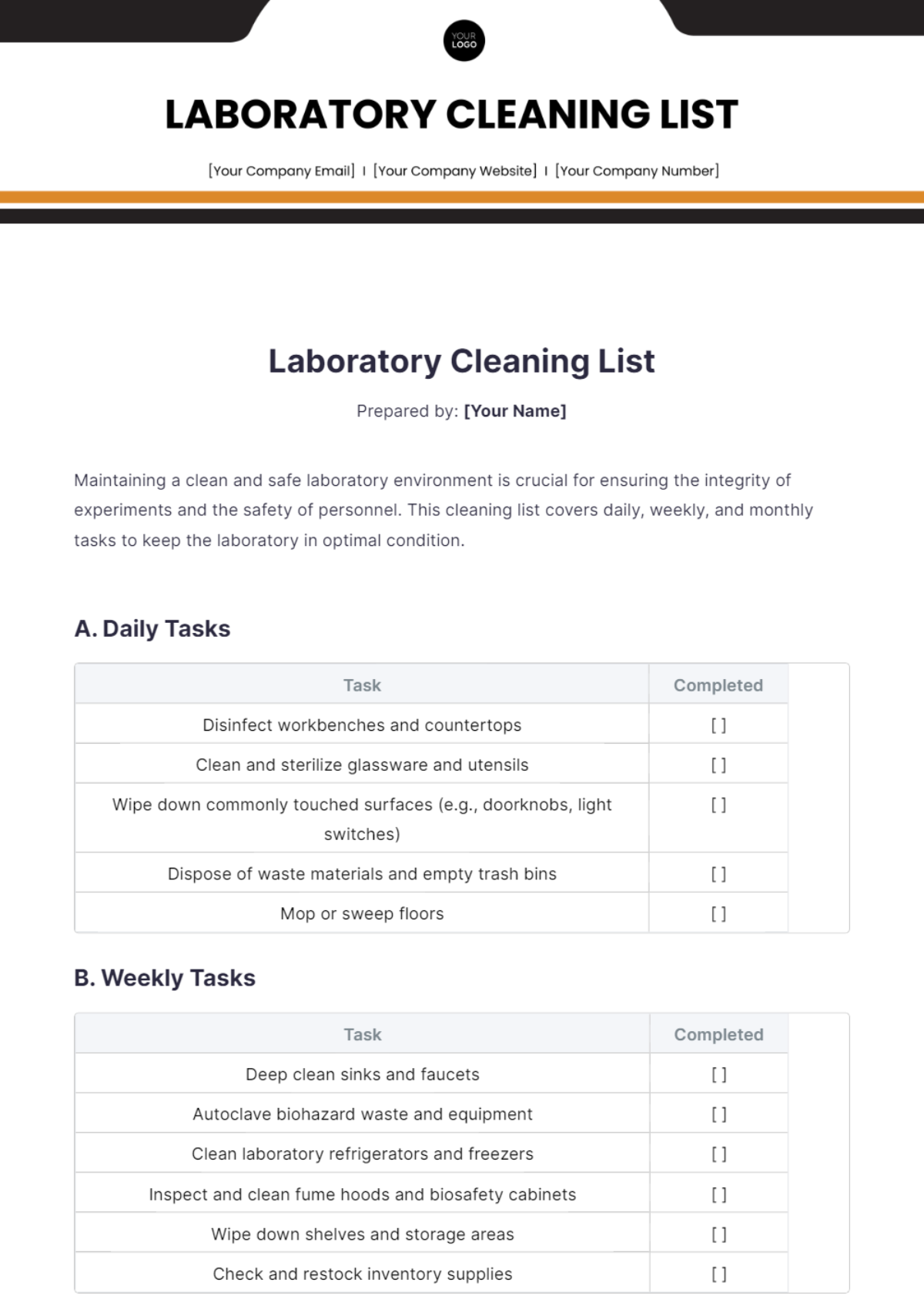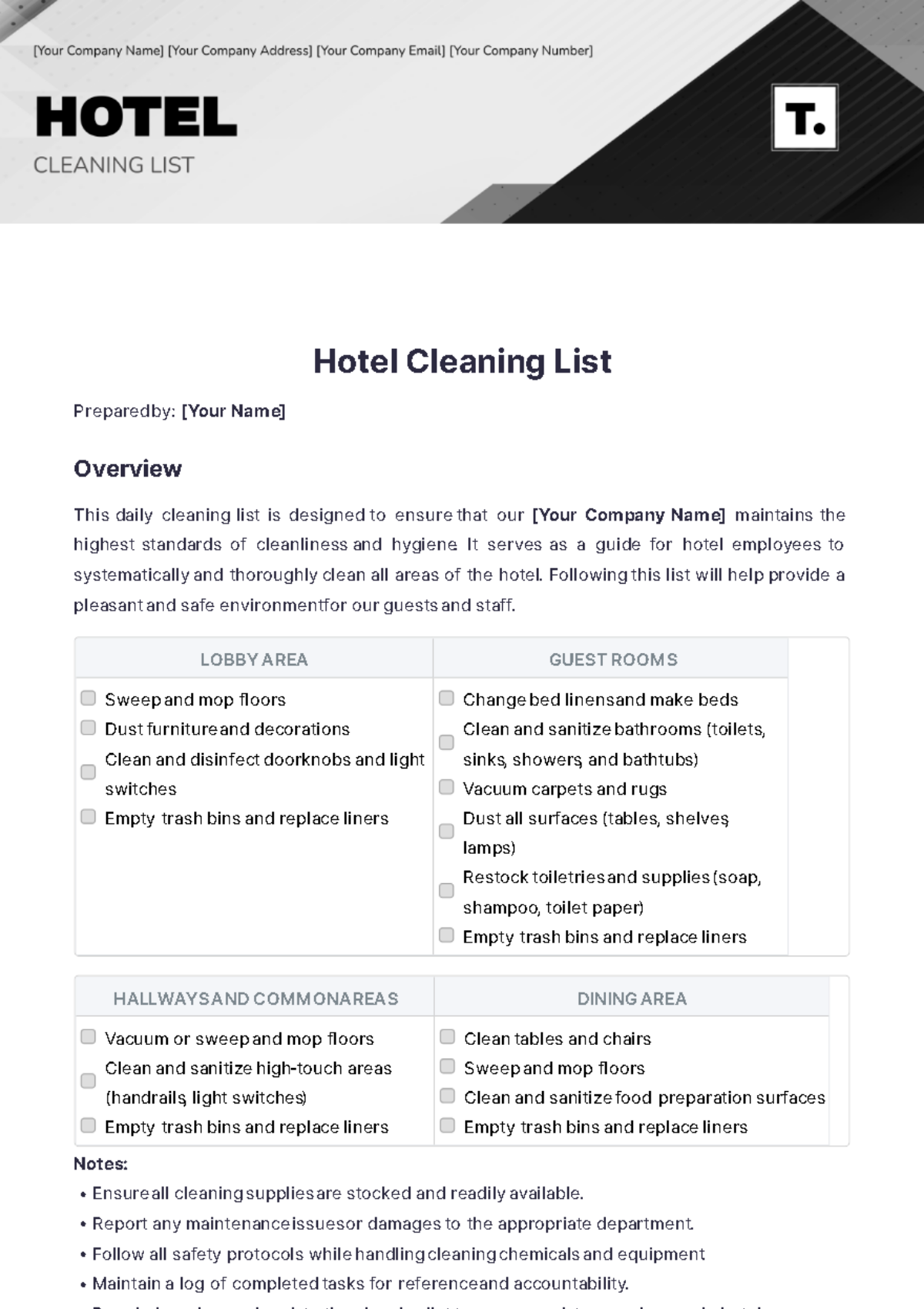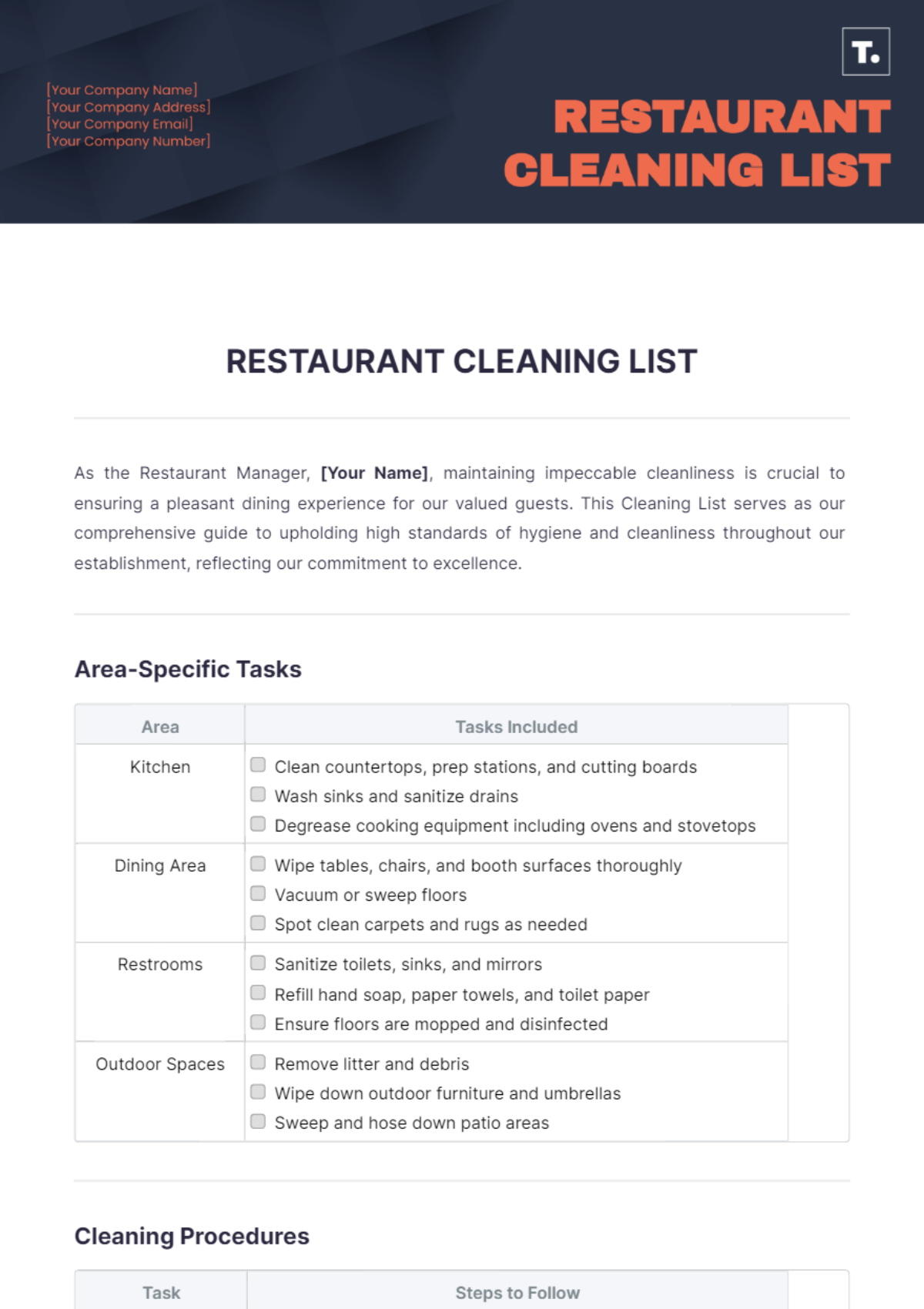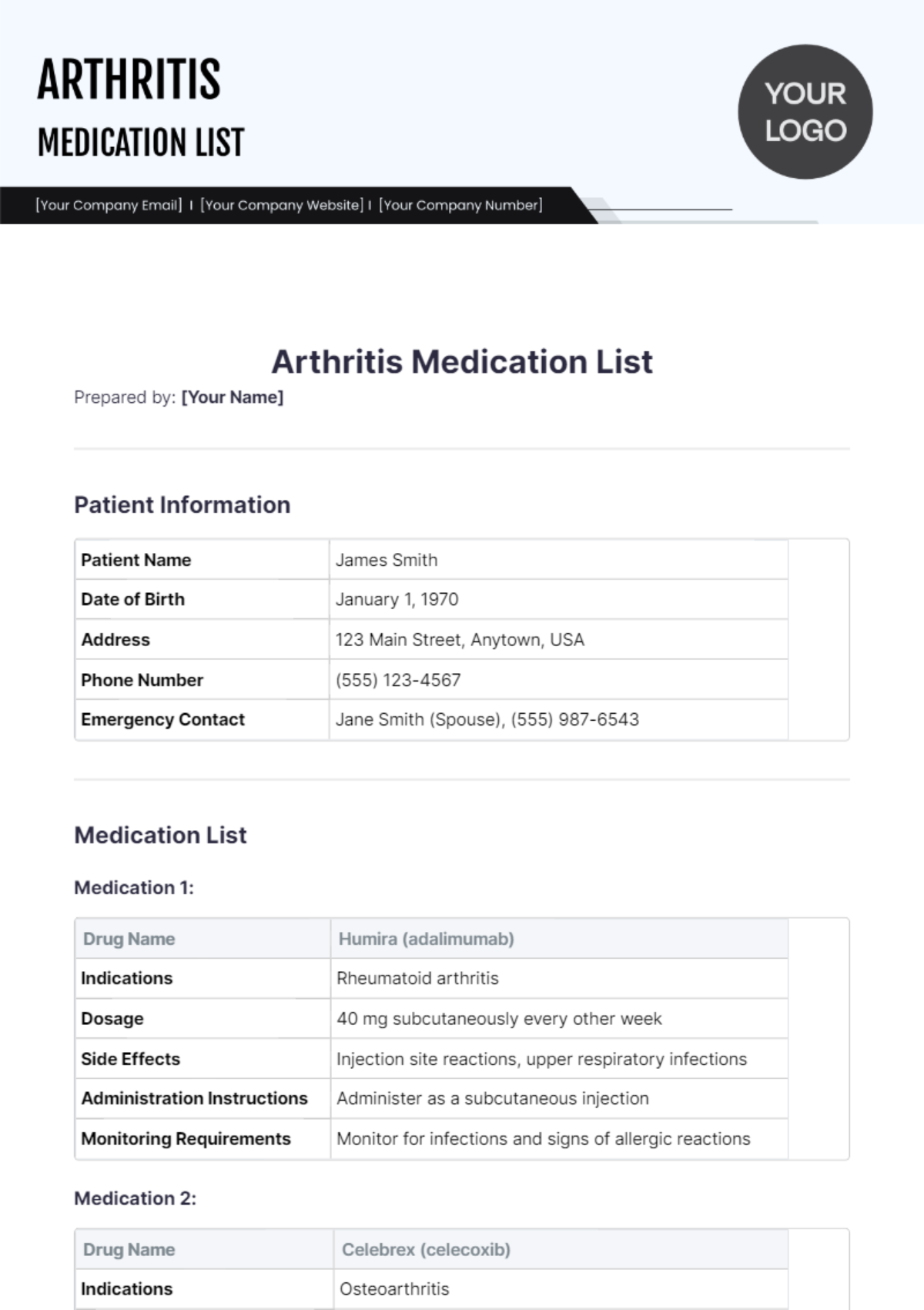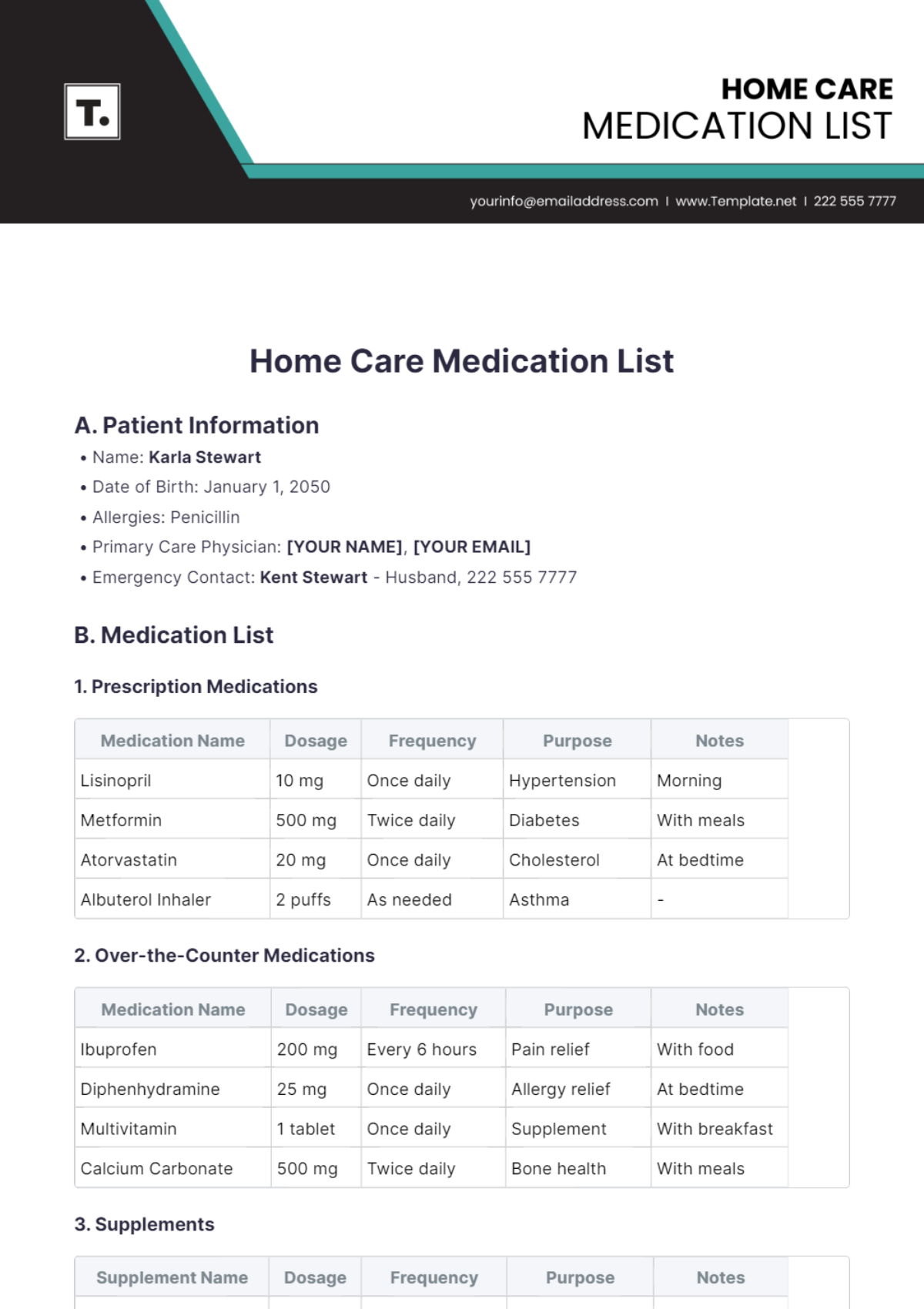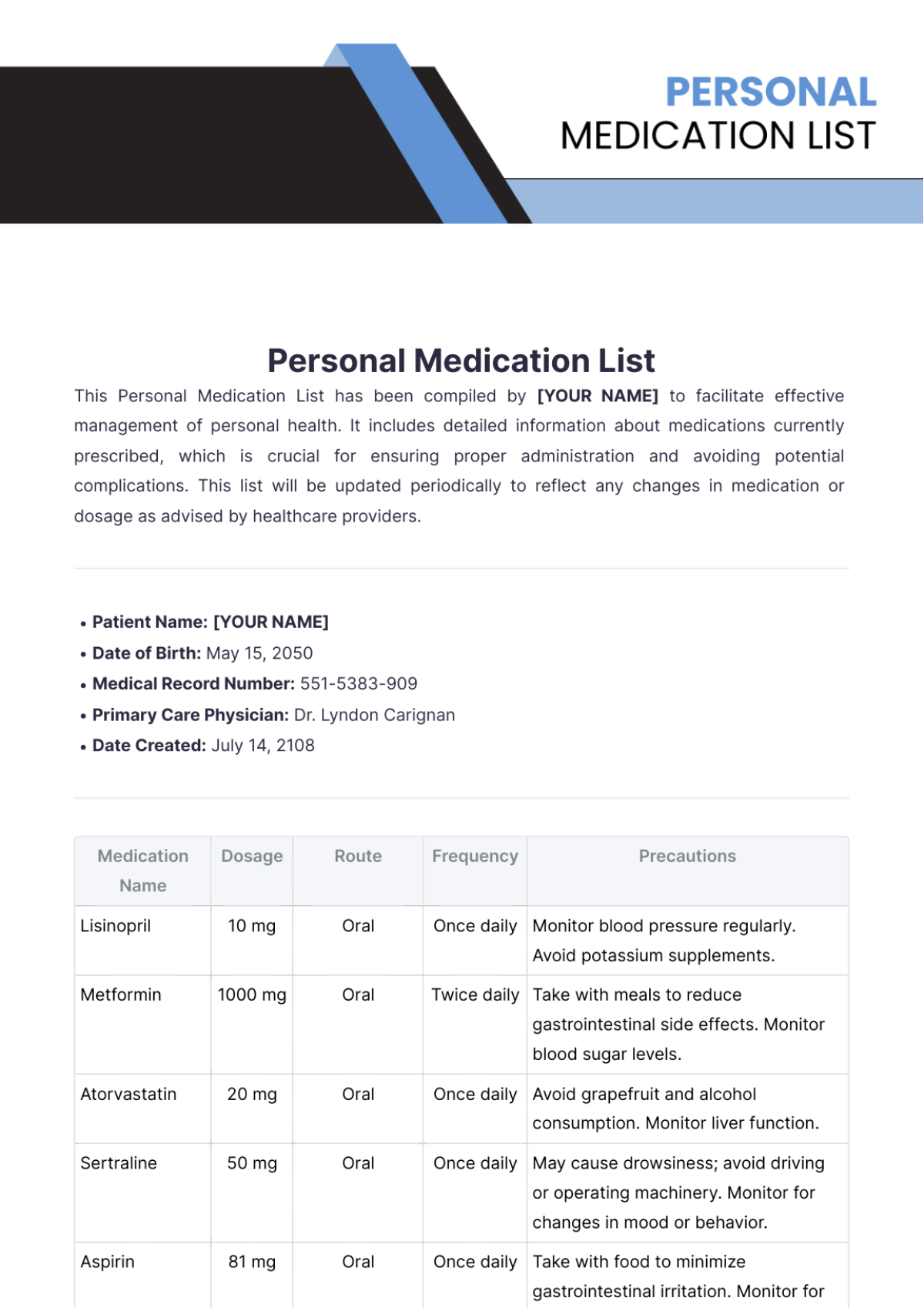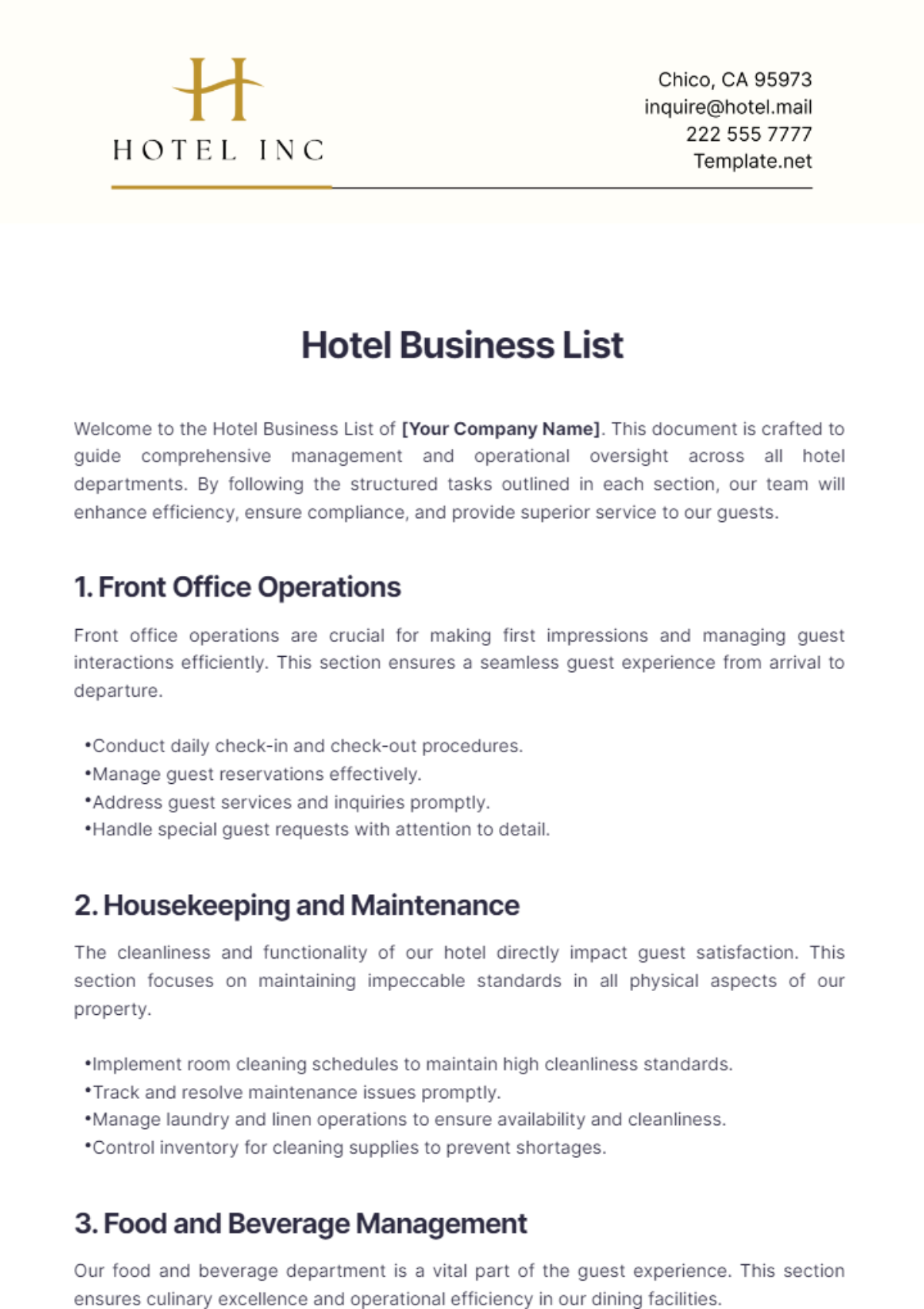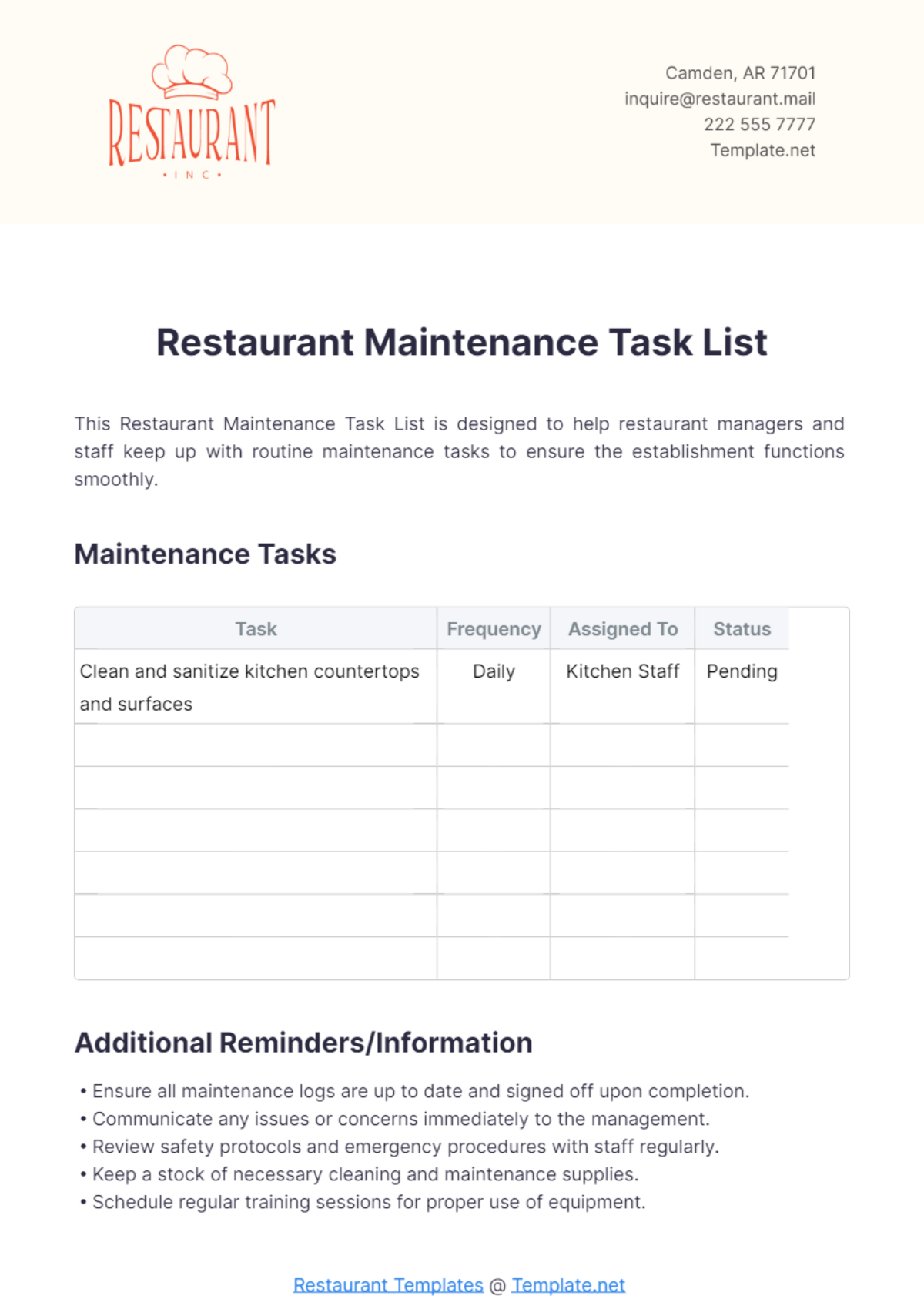Management and Leadership: | Chief Safety Officer: Responsible for overseeing and coordinating all emergency response efforts within the company. Emergency Response Team Leader: Heads a dedicated team trained to manage emergency situations effectively.
|
Medical Responders: | Company Nurse: Provides initial medical assessment and first aid and coordinates with external medical services if necessary. Emergency Medical Technicians (EMTs): On-site or on-call EMTs trained to respond to medical emergencies promptly. First Aid Trained Employees: Designated employees with basic first aid training to provide initial assistance.
|
Fire Safety Team: | Fire Wardens: Trained personnel responsible for evacuating employees, operating fire extinguishers, and ensuring fire safety protocols are followed. Fire Safety Inspectors: Conduct regular fire safety inspections and audits to identify and address hazards.
|
Security and Law Enforcement: | Security Team: Ensure the security of employees during emergencies and assist in evacuation efforts. Security Manager: Oversees security personnel and coordinates with local law enforcement agencies if necessary.
|
Emergency Management: | Emergency Response Coordinator: Responsible for developing and implementing emergency response plans and conducting drills. Communications Coordinator: Manages internal and external communication during emergencies. Logistics Coordinator: Ensures the availability and distribution of emergency supplies.
|
Utilities and Infrastructure: | Facilities Manager: Coordinates building safety, evacuations, and infrastructure maintenance. Maintenance Crew: Quickly addresses any building-related issues that may arise during emergencies.
|
Communication and Dispatch: | Emergency Dispatchers: Monitors emergency communication channels and coordinates responses. Radio Operators: Maintain communication among responders and manage emergency frequencies.
|
Safety Equipment and Resources: | Emergency Evacuation Plans: Clearly marked exit routes and assembly points. Emergency Medical Kits: Stocked with essential medical supplies. Firefighting Equipment: Fire extinguishers, fire blankets, and smoke detectors. Emergency Lighting: Battery-powered lighting to guide employees during power outages. Emergency Alarms: Ensure that alarms are operational and tested regularly. Emergency Contacts List: A list of key contacts, including local authorities and medical facilities.
|
Training and Drills: | Emergency Response Training: Regularly conducted training sessions to ensure employees are prepared for various scenarios. Emergency Drills: Fire drills, evacuation drills, and other scenario-specific drills to test the company's readiness.
|
